Duong Lam ancient village
Duong Lam ancient village (Son Tay ward, Hanoi) is the hometown of Ngo Quyen and Phung Hung, so it is called "the land of two kings".
Up to now, Duong Lam still retains the typical features of a Northern village with the architecture of houses, village gates, images of "banyan trees, water wharves, communal houses", along with pagodas, temples, guard posts... Besides that, there are long-standing customs and dishes imbued with traditional identity.
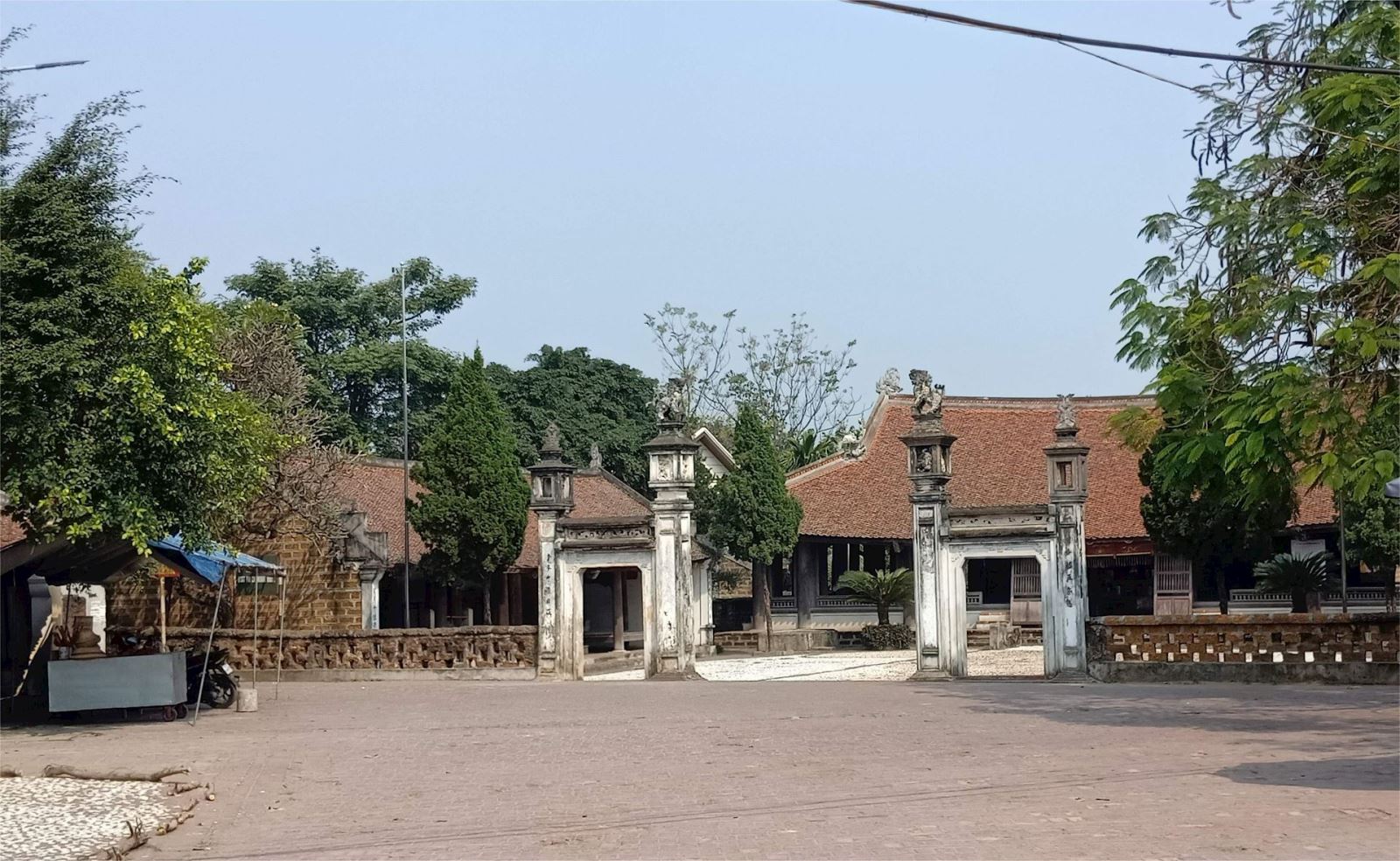
In recent years, Duong Lam ancient village has become an interesting stop on the journey to find the cultural heritage of the Doai region. Coming to Duong Lam ancient village, visitors can not only visit the ancient houses but also immerse themselves in the peaceful, quiet countryside space, forgetting the noise and bustle of the city.
Cu Da Ancient Village
Cu Da Ancient Village (Cu Khe Commune, Hanoi City) was established more than 400 years ago, on the banks of the Nhue River, famous for its vermicelli and soy sauce making.
Through many ups and downs, the village still retains the typical features of a Northern village, with traditional three-room and five-room tiled houses. In particular, the combination of ancient Vietnamese architecture and French architecture has created a familiar yet unique appearance for the riverside village.
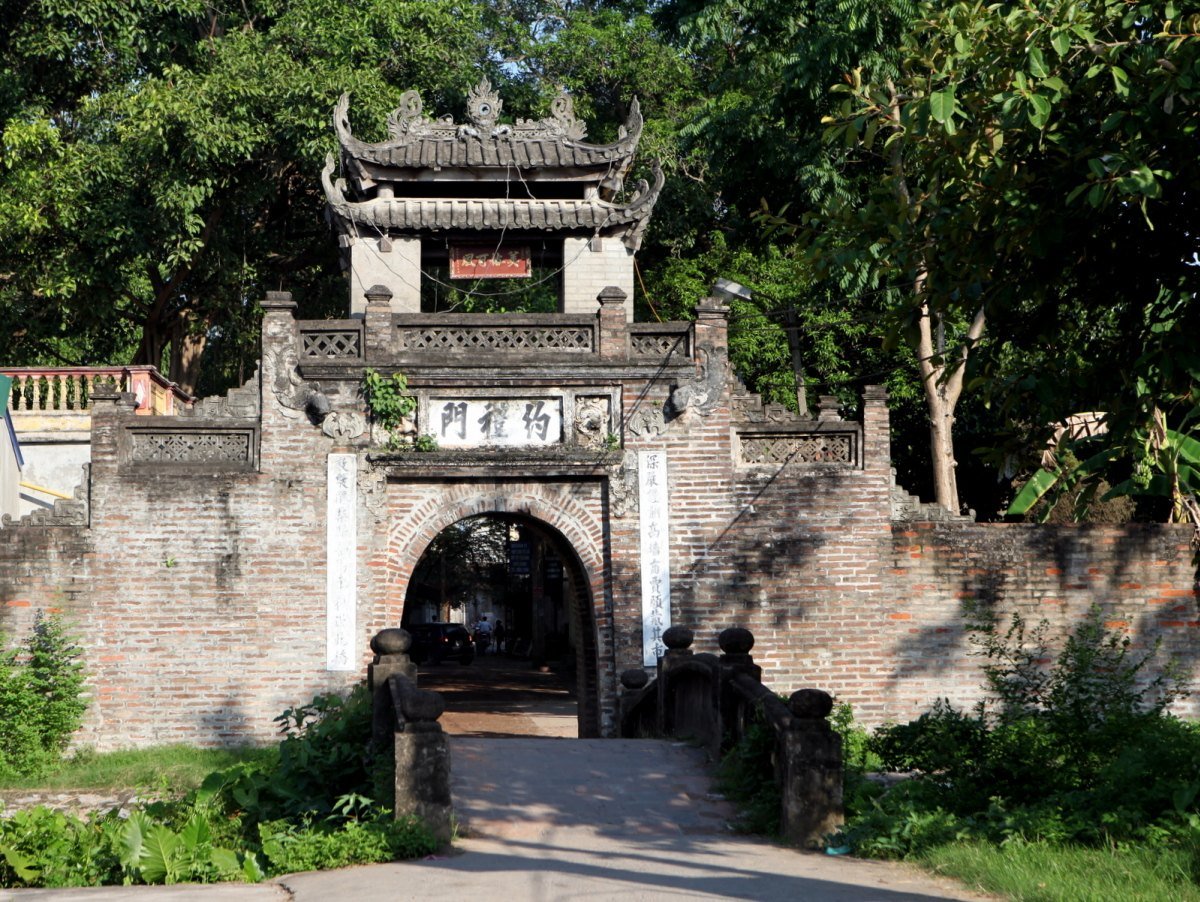
Standing out in the space is Cu Da Pagoda, built in 1695, ranked as a National Monument (in 2000), along with the green stone Xa Tac Altar built in the early 20th century to pray for favorable weather. The village is planned harmoniously, with the main road running along the river, one side is a row of trees and a ferry; the other side is a row of ancient houses reflecting, creating a peaceful and ancient beauty.
Old Village (Cuu Village)
When talking about Hanoi's ancient villages, people often think of Duong Lam or Cu Da, then Old Village (Chieu My Commune, Hanoi) is a little-known "gem", bearing a strong historical and unique architectural mark.
Old Village is about 40 km from the center of the capital, with a history of more than 500 years, famous for its ancient villas in the Vietnamese-French style, built in the early 20th century.
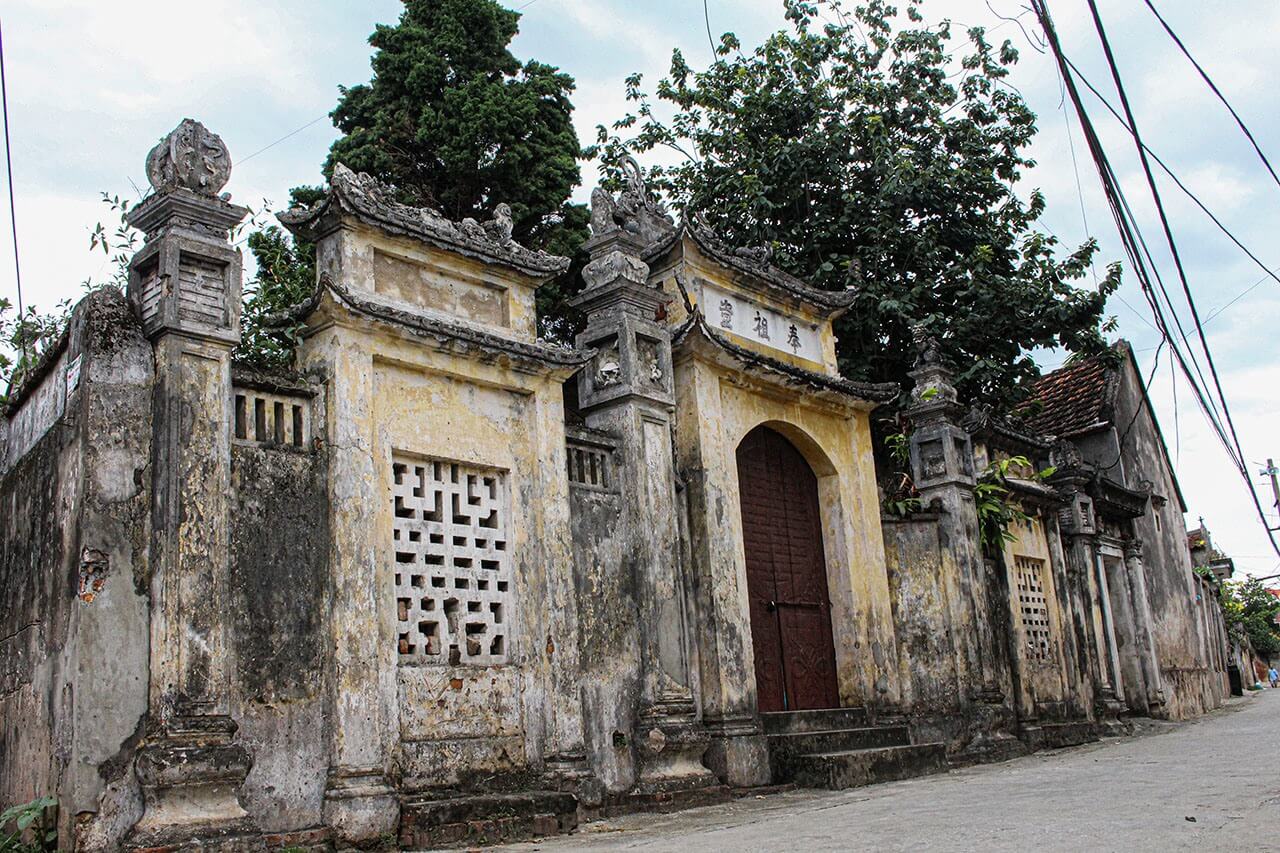
During the period 1920-1945, dozens of villas in the village were built in the arched architecture, flowing roofs, ironwood, and roof tiles - a subtle blend of Asia and Europe. Despite having a European appearance, the houses still retain the Vietnamese soul through the delicate carvings of flowers, cranes, phoenixes, etc.
In addition, the village still preserves the village well, village gate, ancient pagoda and rows of houses stained with time. Passing through the moss-covered village gate, visitors can easily feel the hundred-year mark on each cracked yellow wall.
Dich Diep Trang Ancient Village
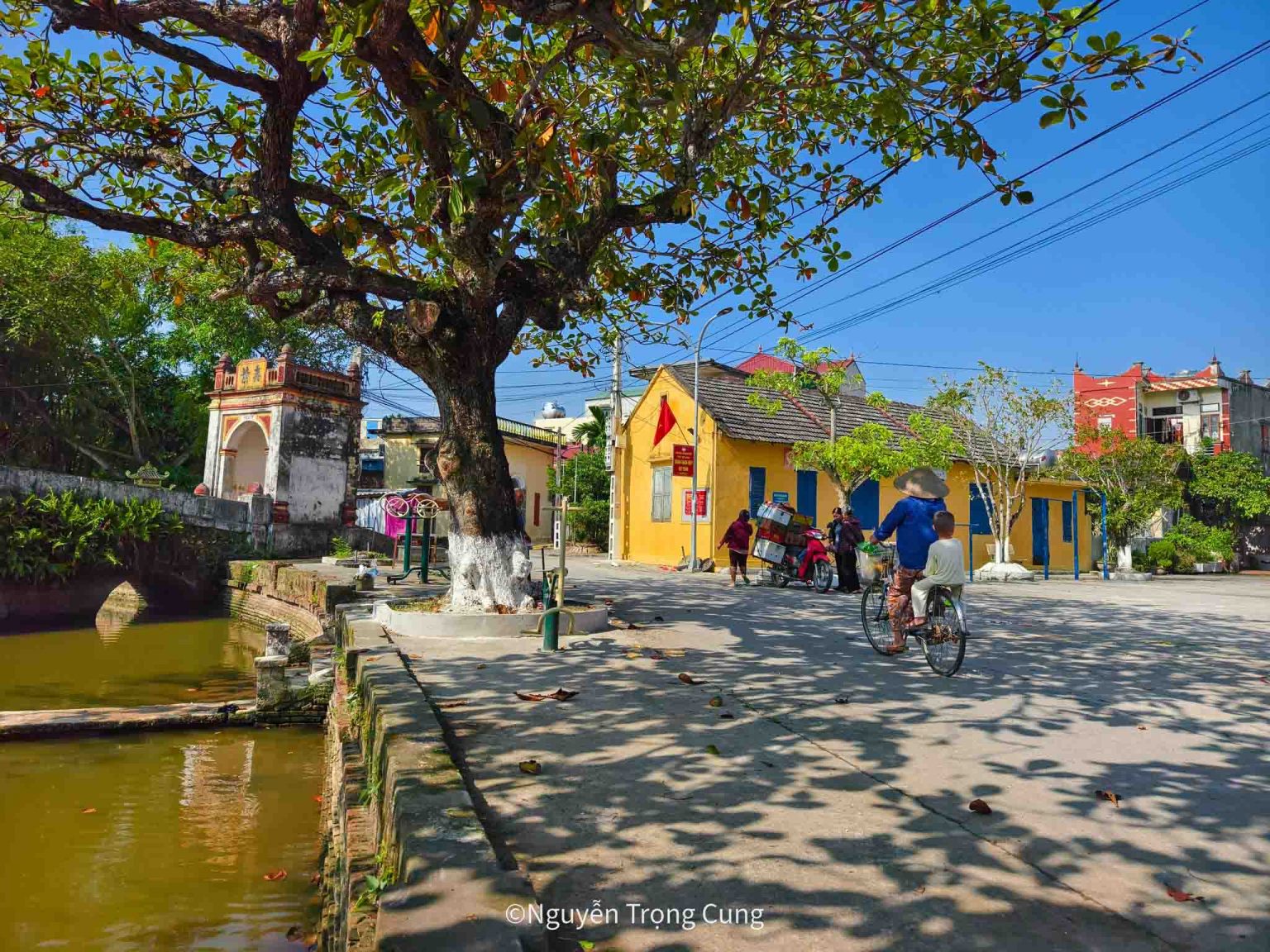
Dich Diep Trang Ancient Village (Ninh Giang Commune, Ninh Binh Province) is one of the oldest villages in the Northern Delta. With a history of more than 1,000 years, this place still retains almost intact the mark of an ancient Vietnamese village, with ancient houses, moss-covered village gates and a curved stone bridge over a small river.
According to VNA, Dich Diep Trang village was formed in the early 11th century, under the reign of King Ly Thai To. The village was planned in the traditional style of a Vietnamese village, converging all the ancient beauty such as temples, pagodas, wells, banyan trees, etc.
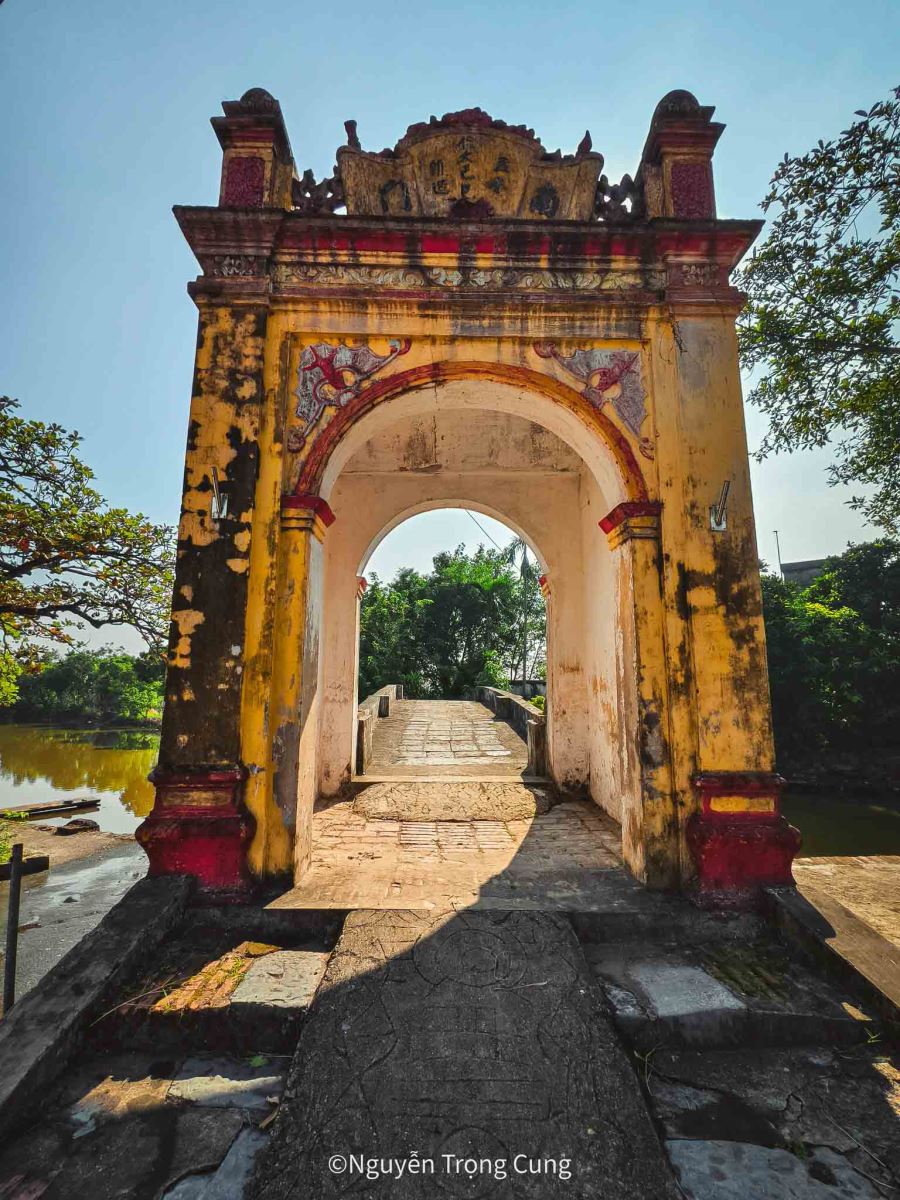
In the past, the village had gates at both ends and many paths leading to neighboring villages. Over time, Dich Diep Trang now has only one village gate left in the south, located next to a gracefully curved stone bridge over a small river.
Following the winding village road, visitors can clearly feel the peaceful, rustic space of the pure Vietnamese countryside. Along the village roads are ponds – a familiar and typical image of the old Northern countryside.
Photo: Nguyen Trong Cung
Story: Dang Huy

 Standing out in the space is Cu Da Pagoda, built in 1695, ranked as a National Monument (in 2000), along with the green stone Xa Tac Altar built in the early 20th century to pray for favorable weather. The village is planned harmoniously, with the main road running along the river, one side is a row of trees and a ferry; the other side is a row of ancient houses reflecting, creating a peaceful and ancient beauty.
Standing out in the space is Cu Da Pagoda, built in 1695, ranked as a National Monument (in 2000), along with the green stone Xa Tac Altar built in the early 20th century to pray for favorable weather. The village is planned harmoniously, with the main road running along the river, one side is a row of trees and a ferry; the other side is a row of ancient houses reflecting, creating a peaceful and ancient beauty. During the period 1920-1945, dozens of villas in the village were built in the arched architecture, flowing roofs, ironwood, and roof tiles - a subtle blend of Asia and Europe. Despite having a European appearance, the houses still retain the Vietnamese soul through the delicate carvings of flowers, cranes, phoenixes, etc.
During the period 1920-1945, dozens of villas in the village were built in the arched architecture, flowing roofs, ironwood, and roof tiles - a subtle blend of Asia and Europe. Despite having a European appearance, the houses still retain the Vietnamese soul through the delicate carvings of flowers, cranes, phoenixes, etc. Dich Diep Trang Ancient Village (Ninh Giang Commune, Ninh Binh Province) is one of the oldest villages in the Northern Delta. With a history of more than 1,000 years, this place still retains almost intact the mark of an ancient Vietnamese village, with ancient houses, moss-covered village gates and a curved stone bridge over a small river.
Dich Diep Trang Ancient Village (Ninh Giang Commune, Ninh Binh Province) is one of the oldest villages in the Northern Delta. With a history of more than 1,000 years, this place still retains almost intact the mark of an ancient Vietnamese village, with ancient houses, moss-covered village gates and a curved stone bridge over a small river. In the past, the village had gates at both ends and many paths leading to neighboring villages. Over time, Dich Diep Trang now has only one village gate left in the south, located next to a gracefully curved stone bridge over a small river.
In the past, the village had gates at both ends and many paths leading to neighboring villages. Over time, Dich Diep Trang now has only one village gate left in the south, located next to a gracefully curved stone bridge over a small river.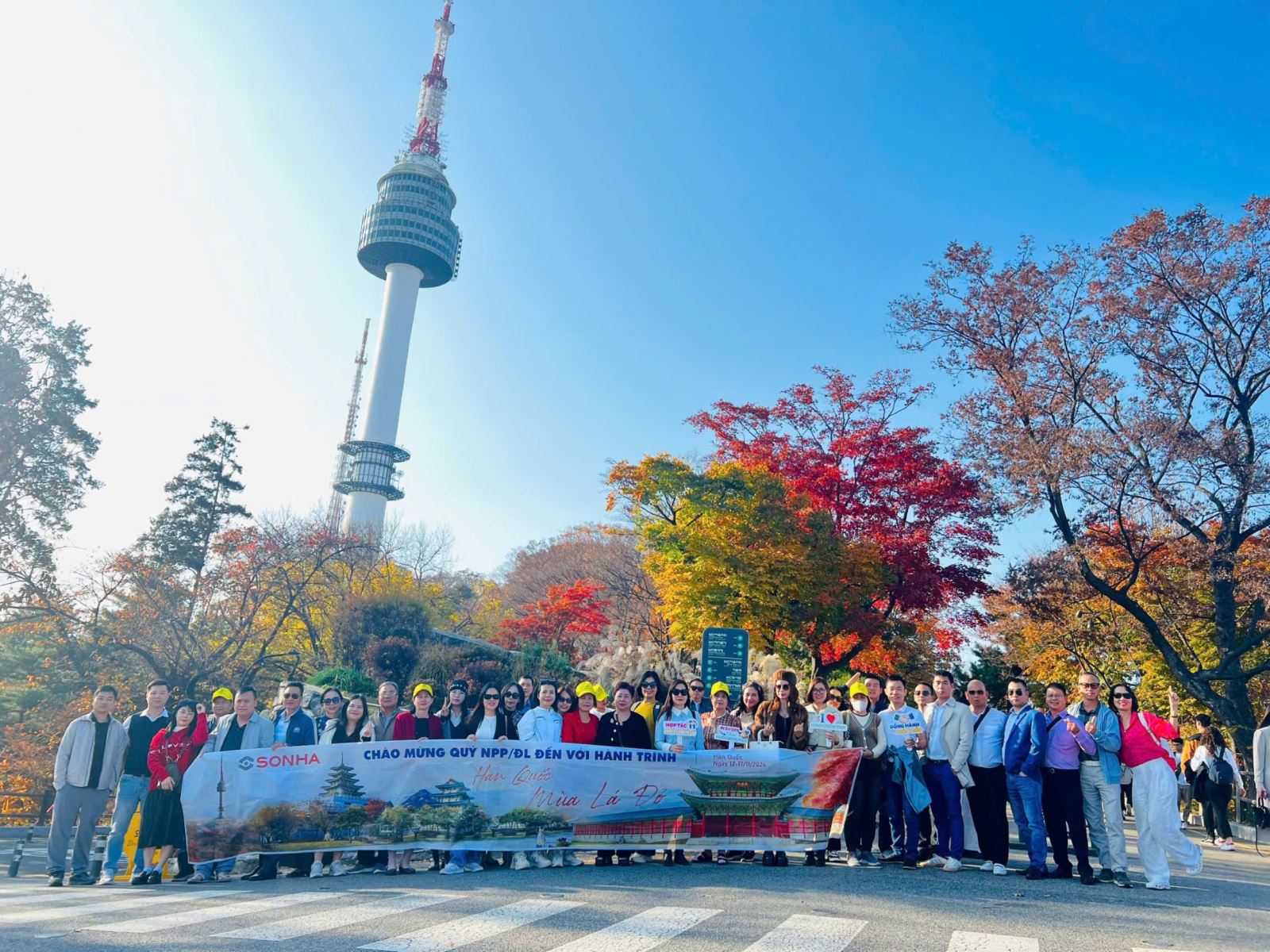



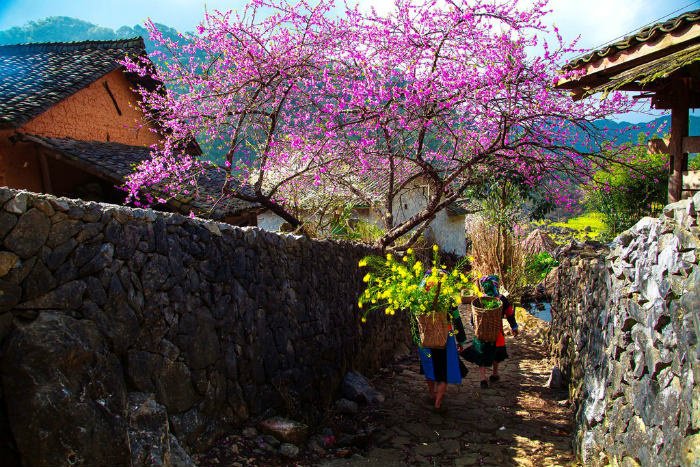
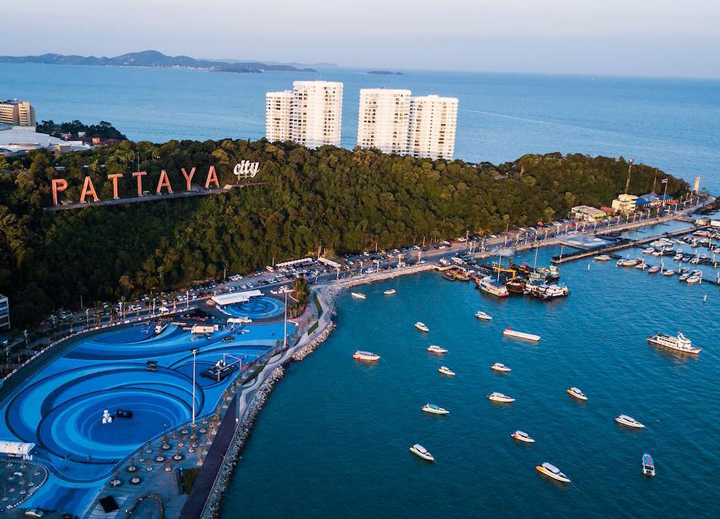

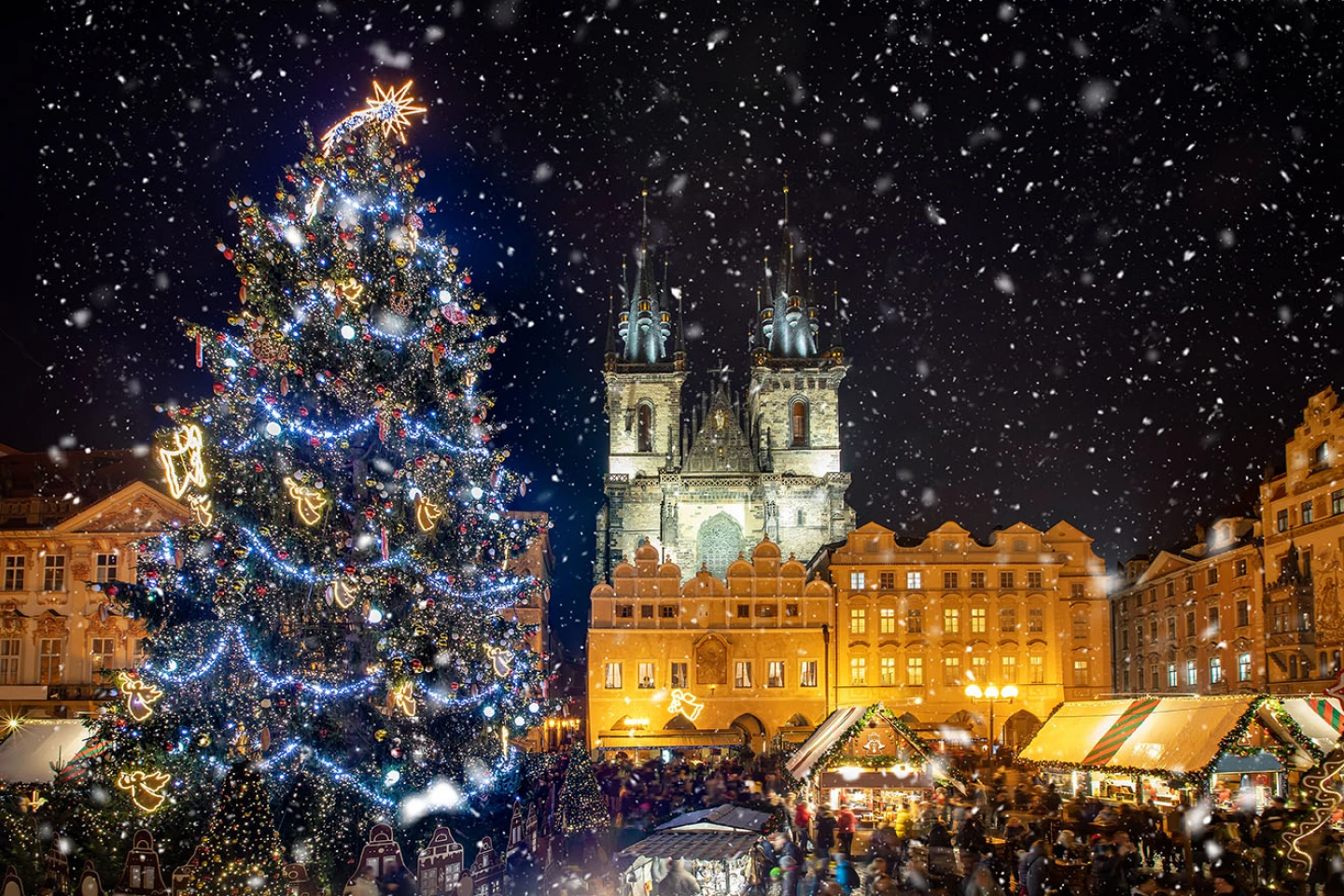
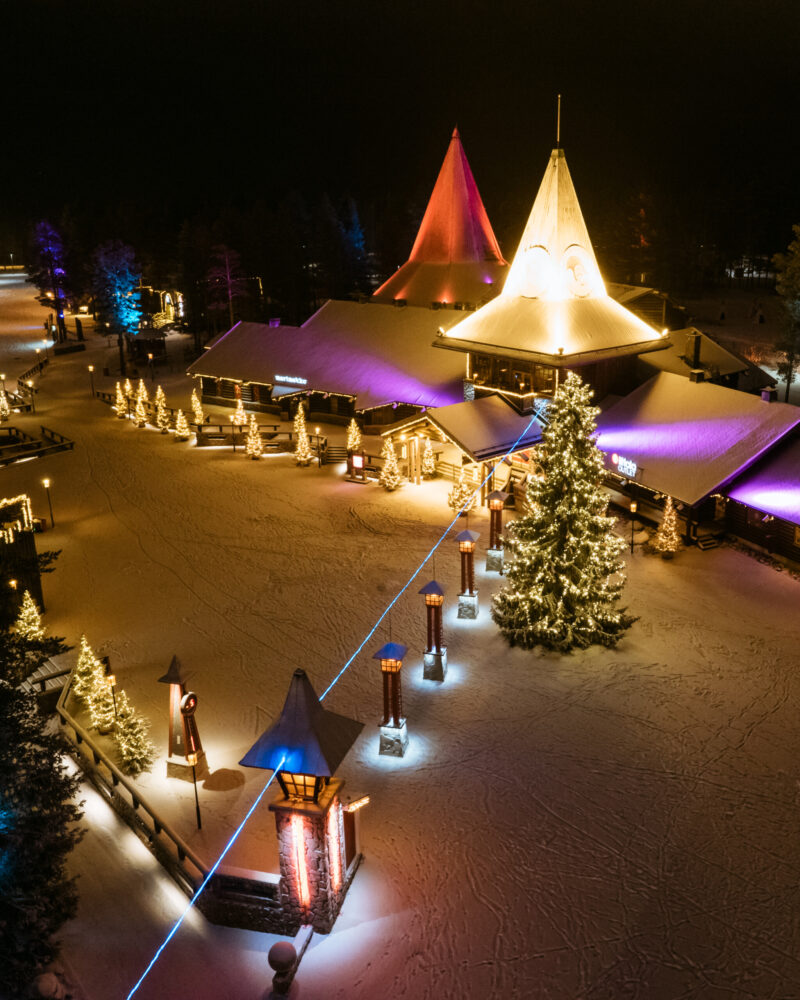
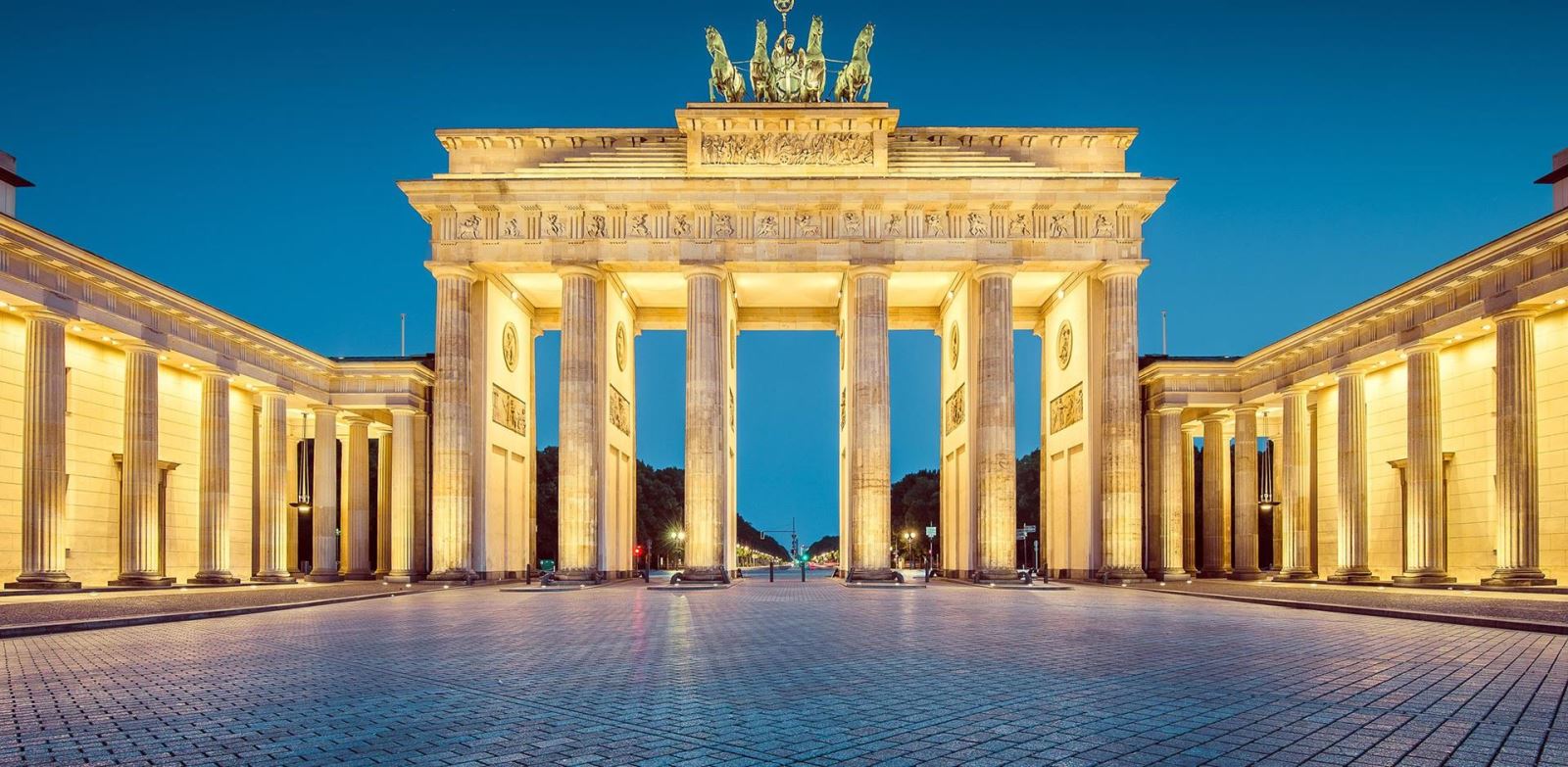






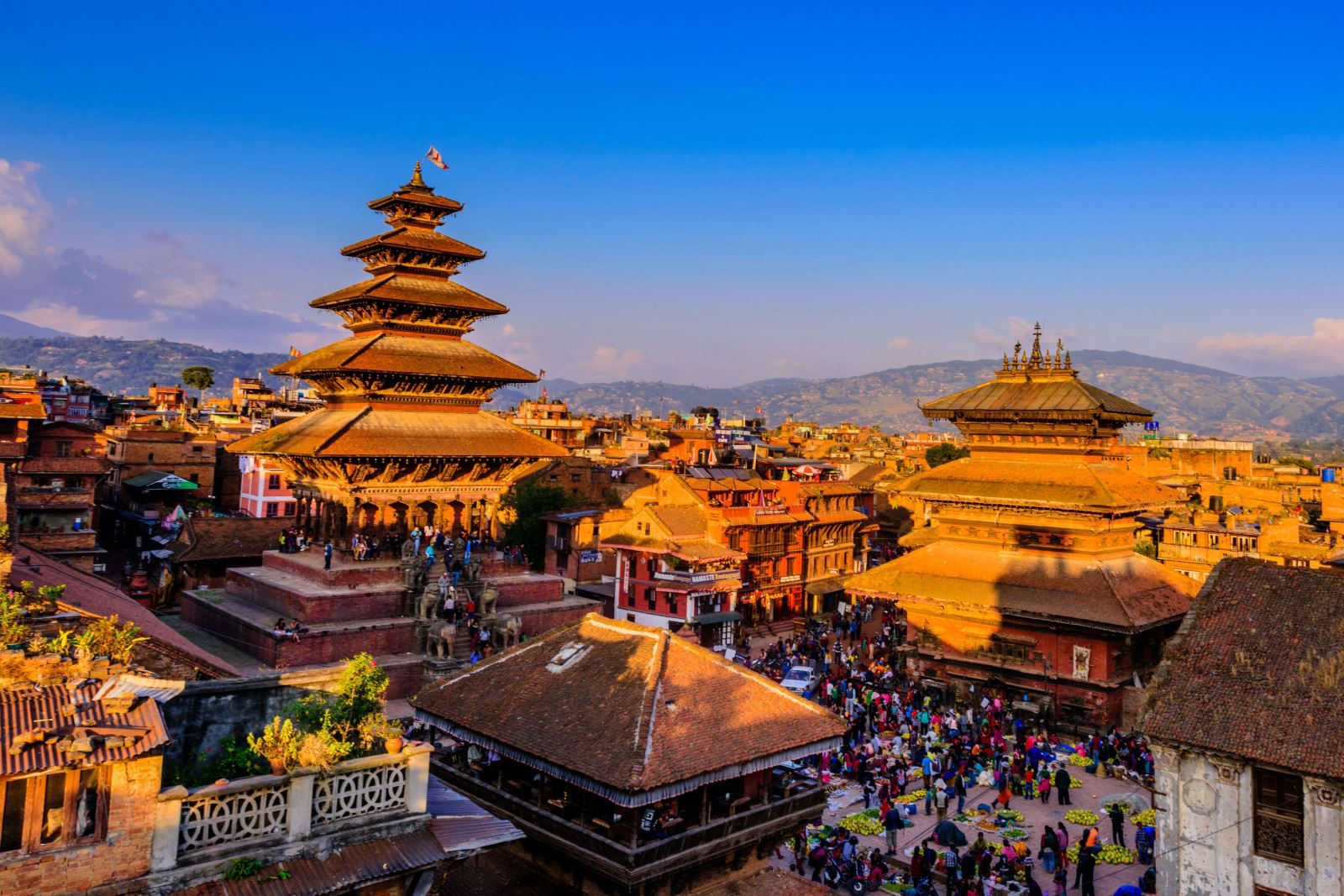

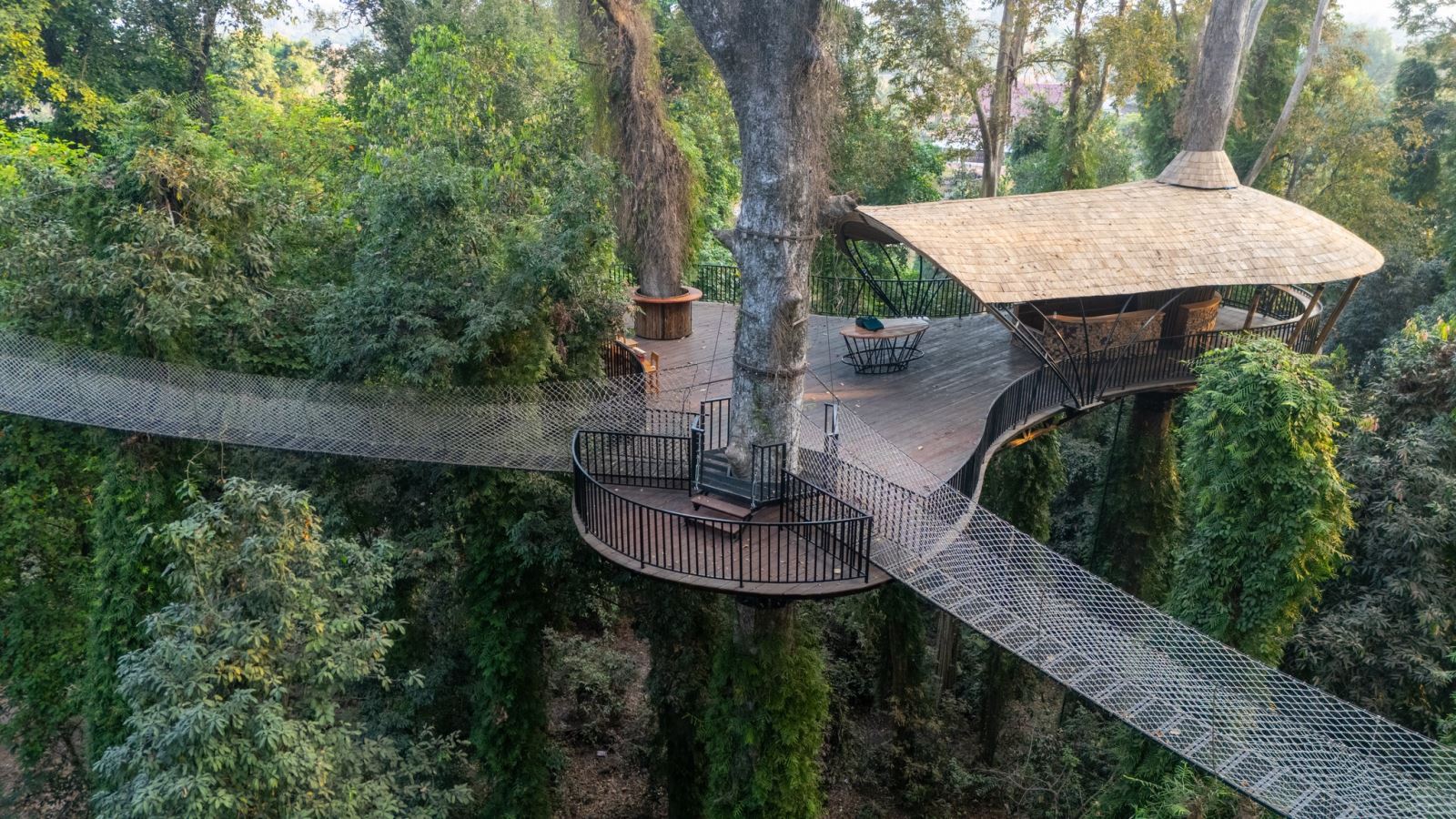
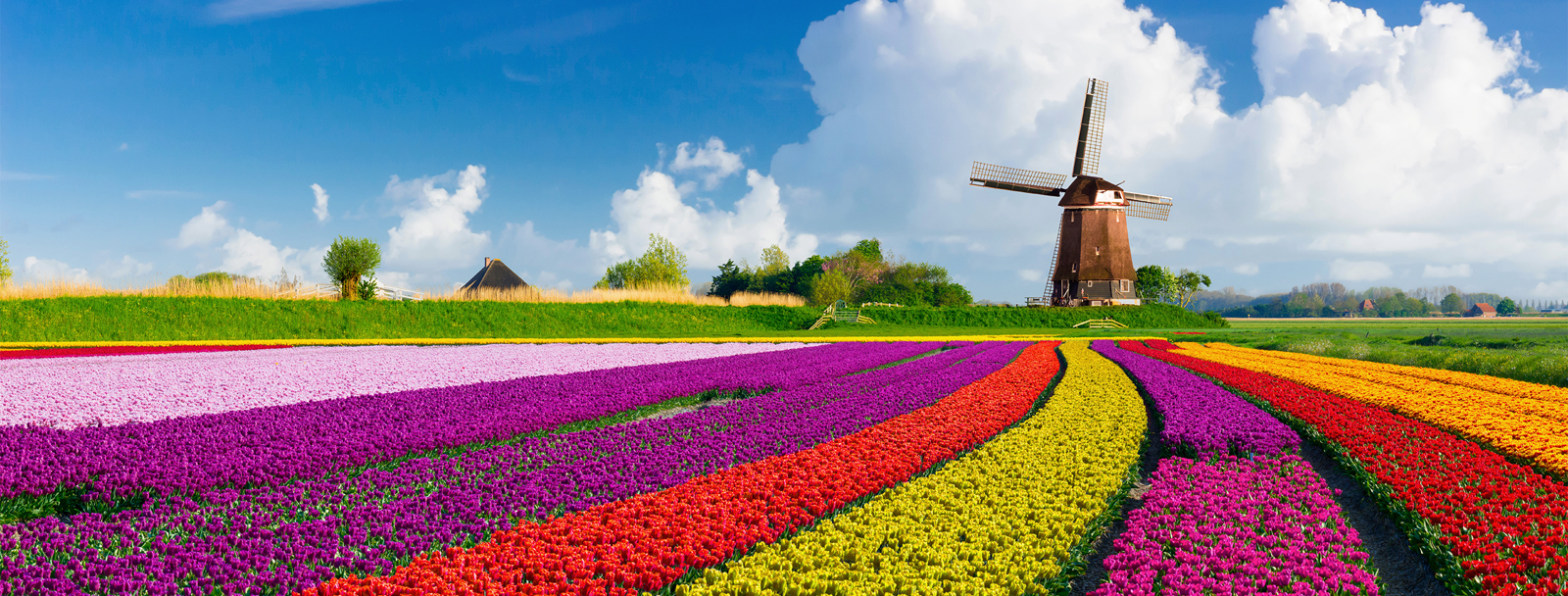





.jpg)






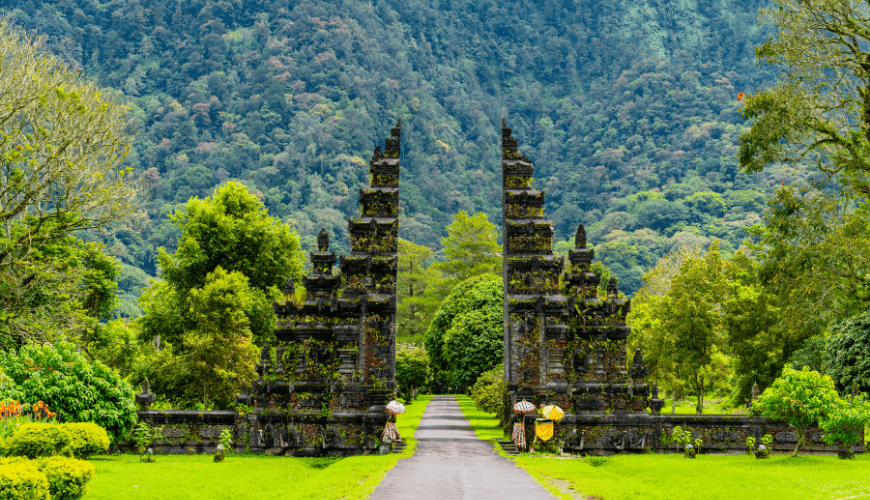
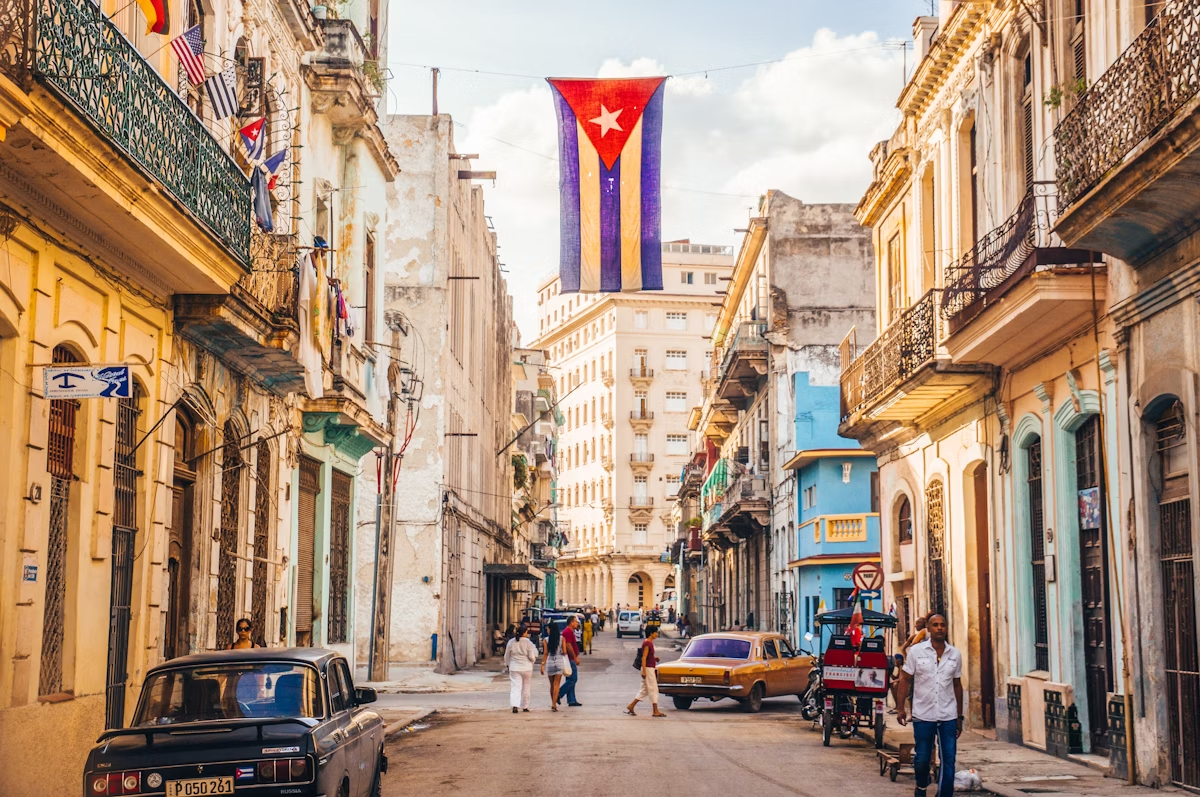

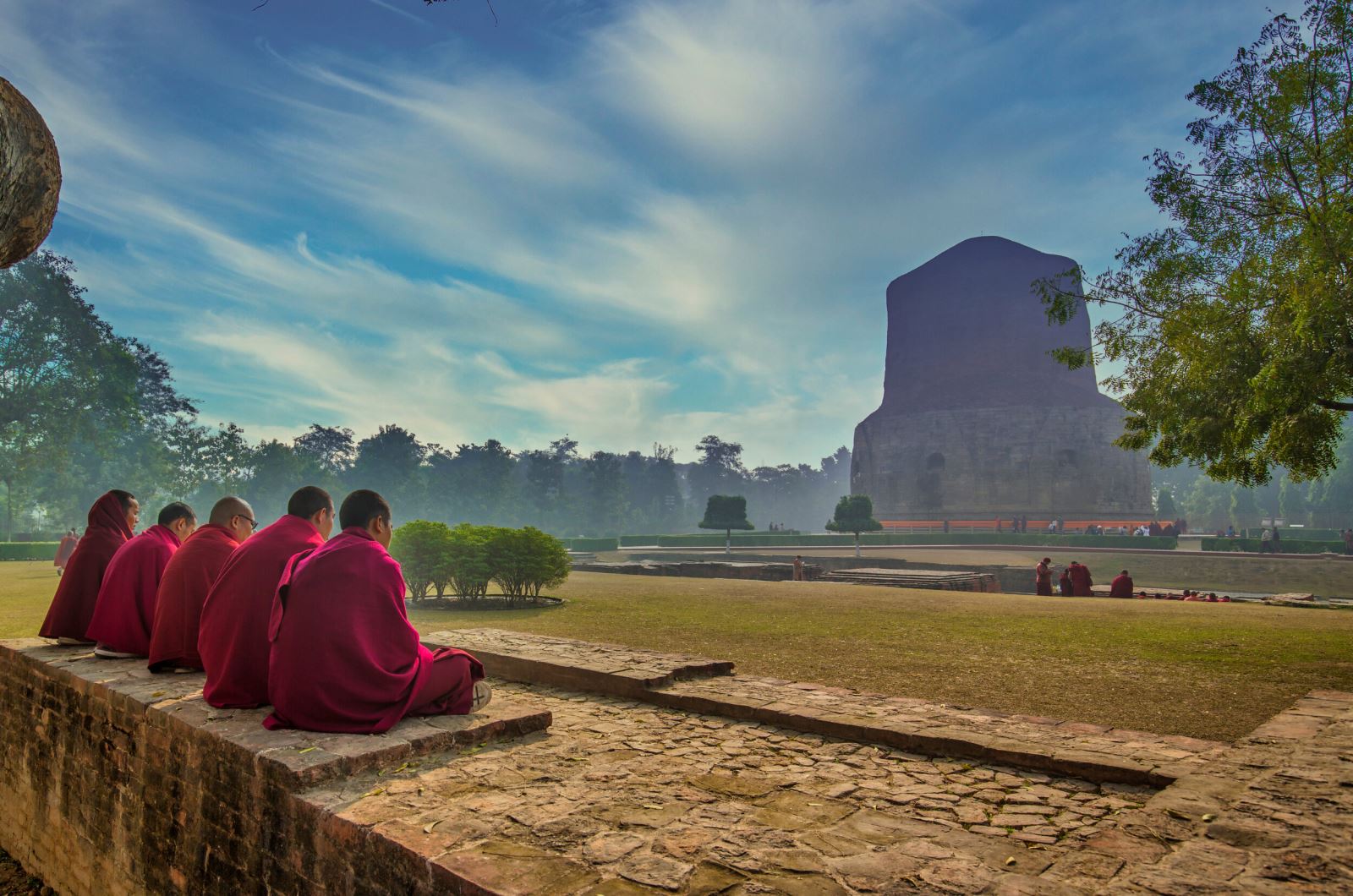



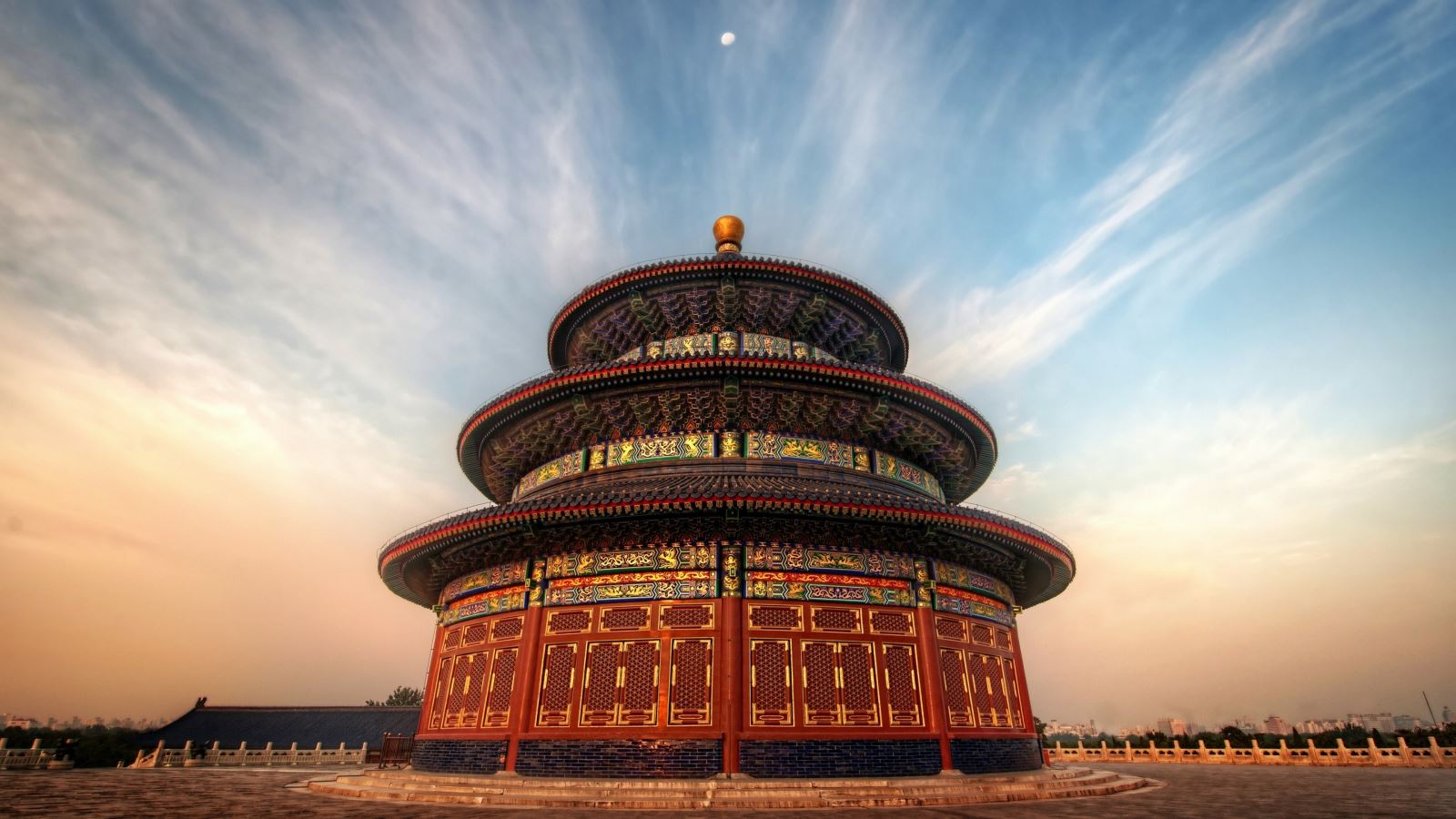



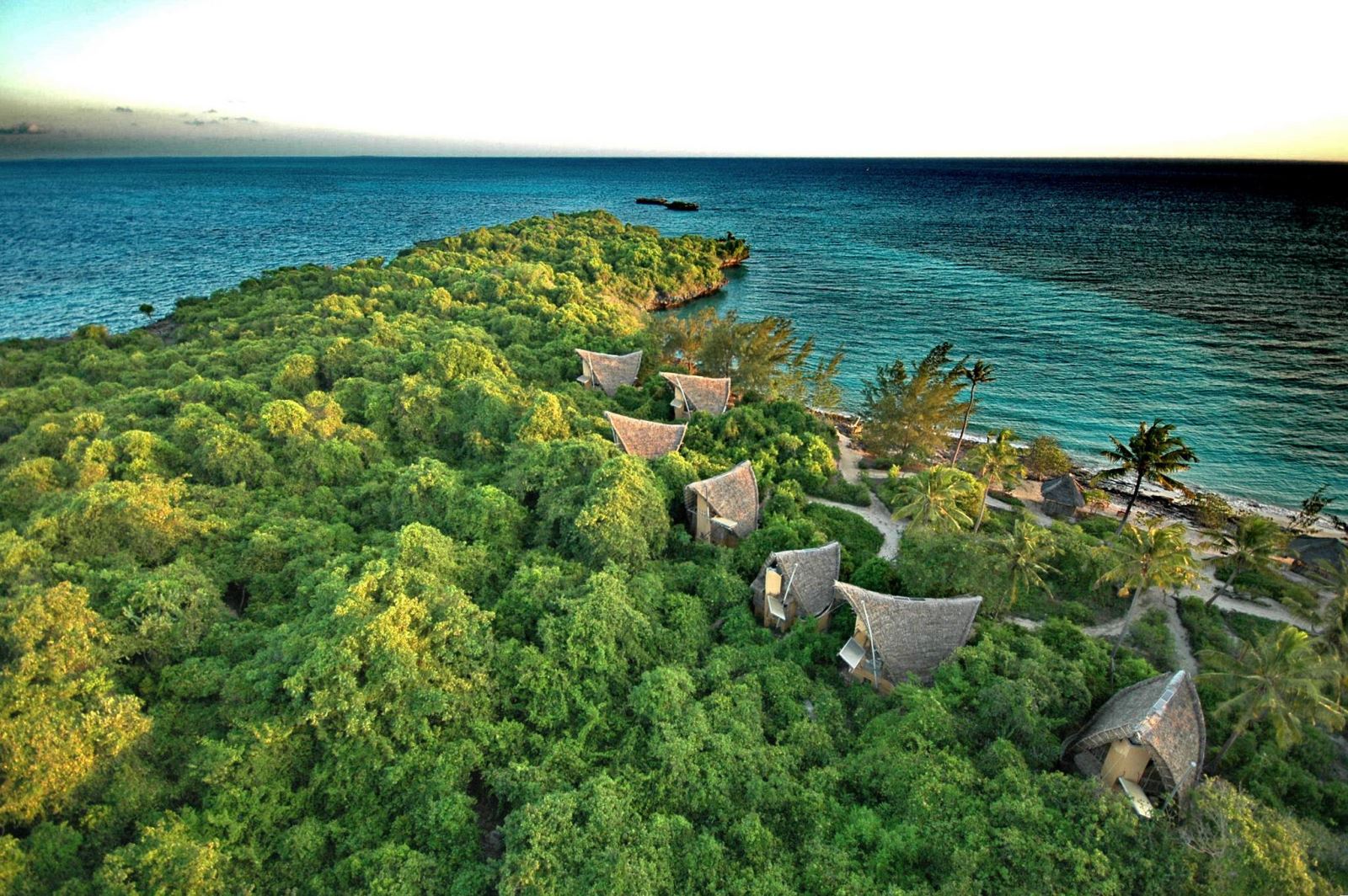

.png)




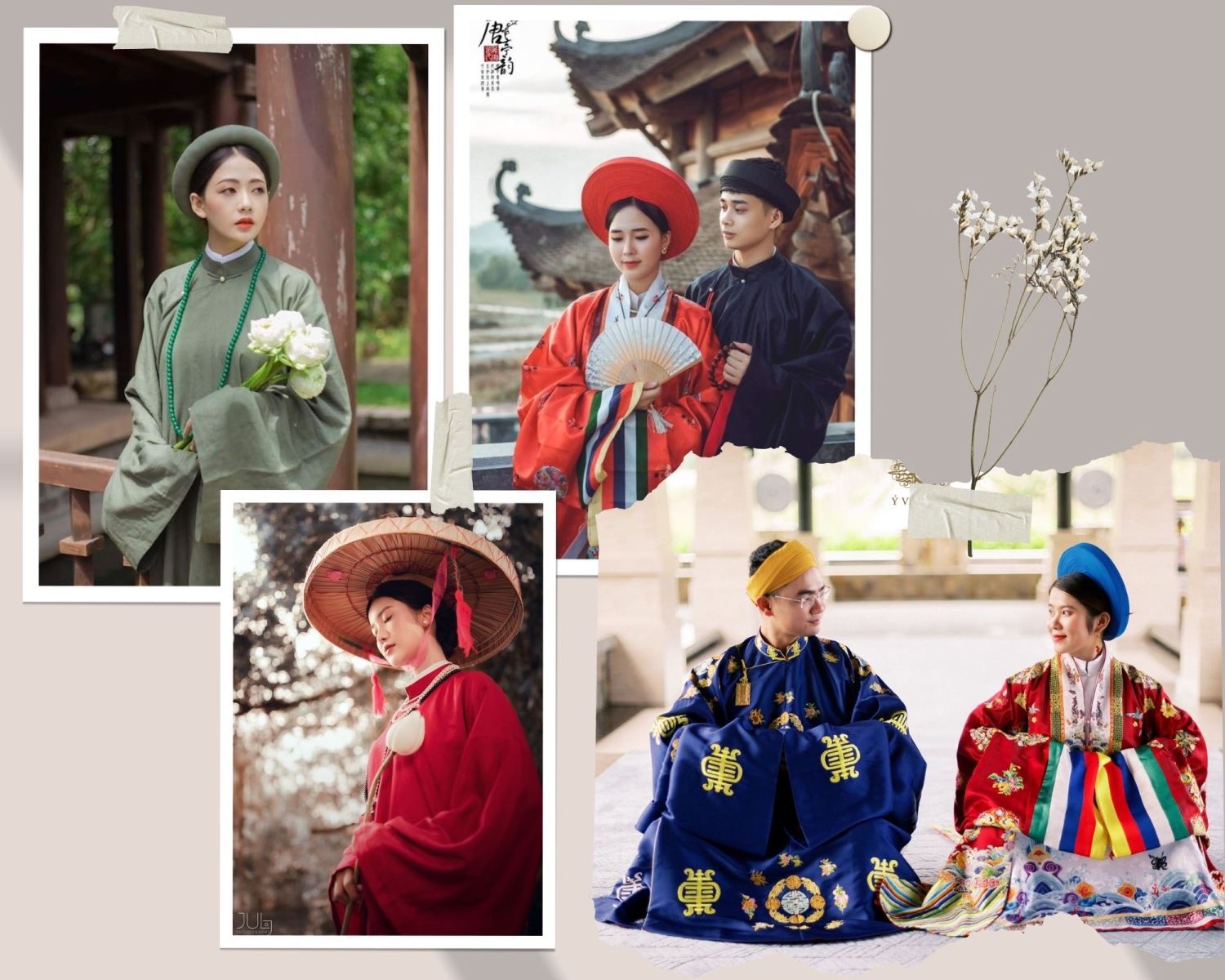






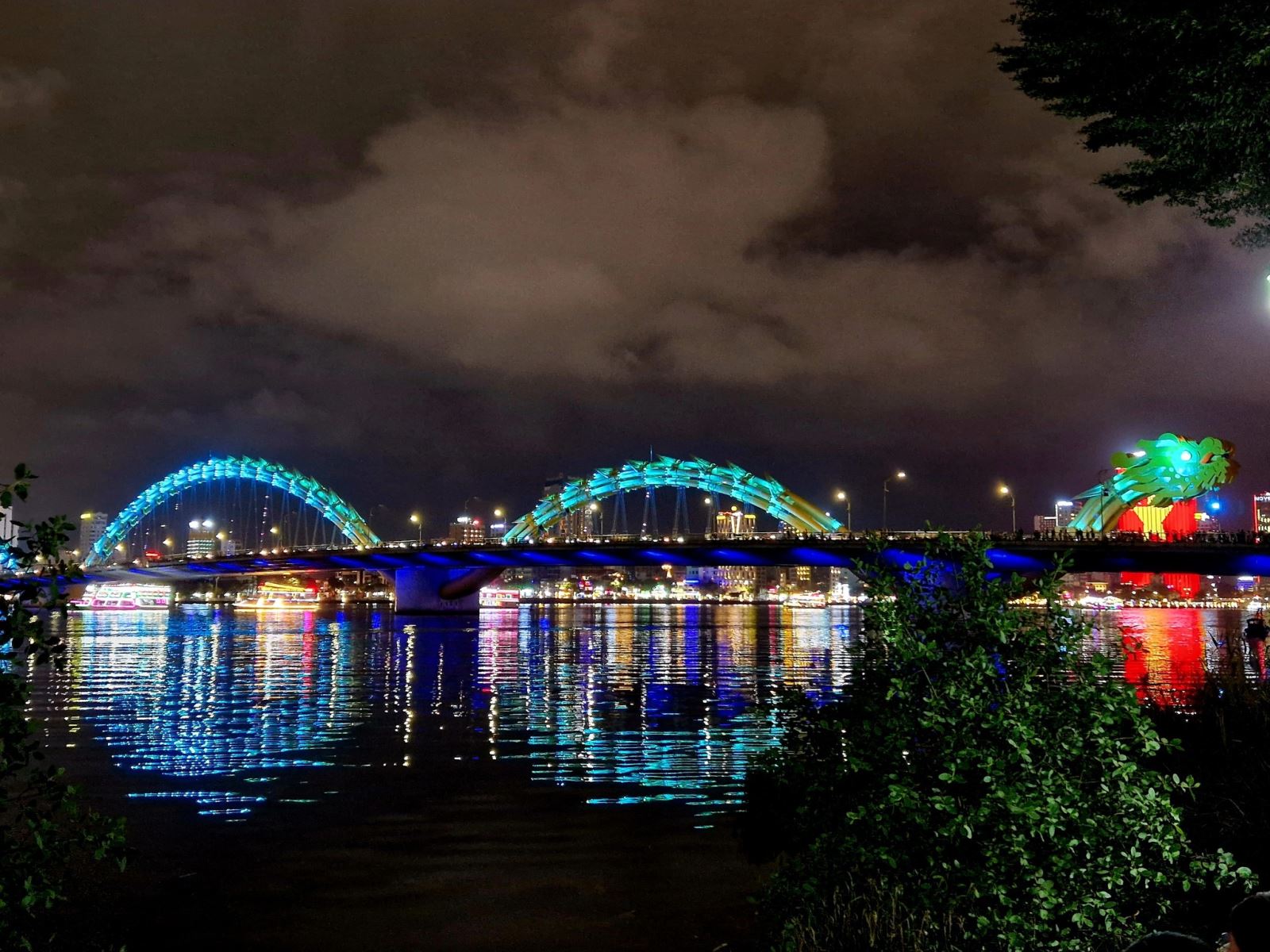

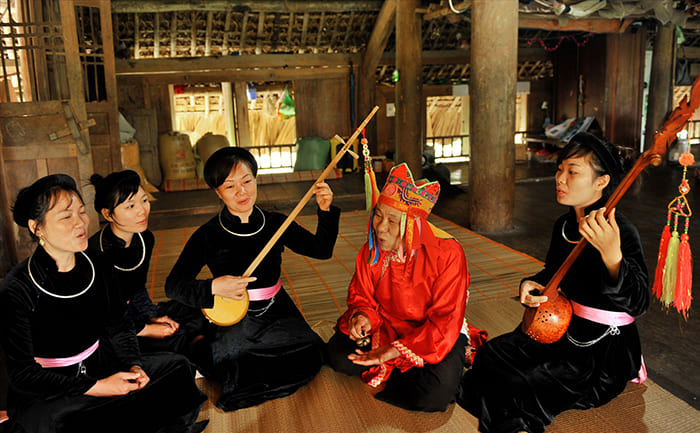
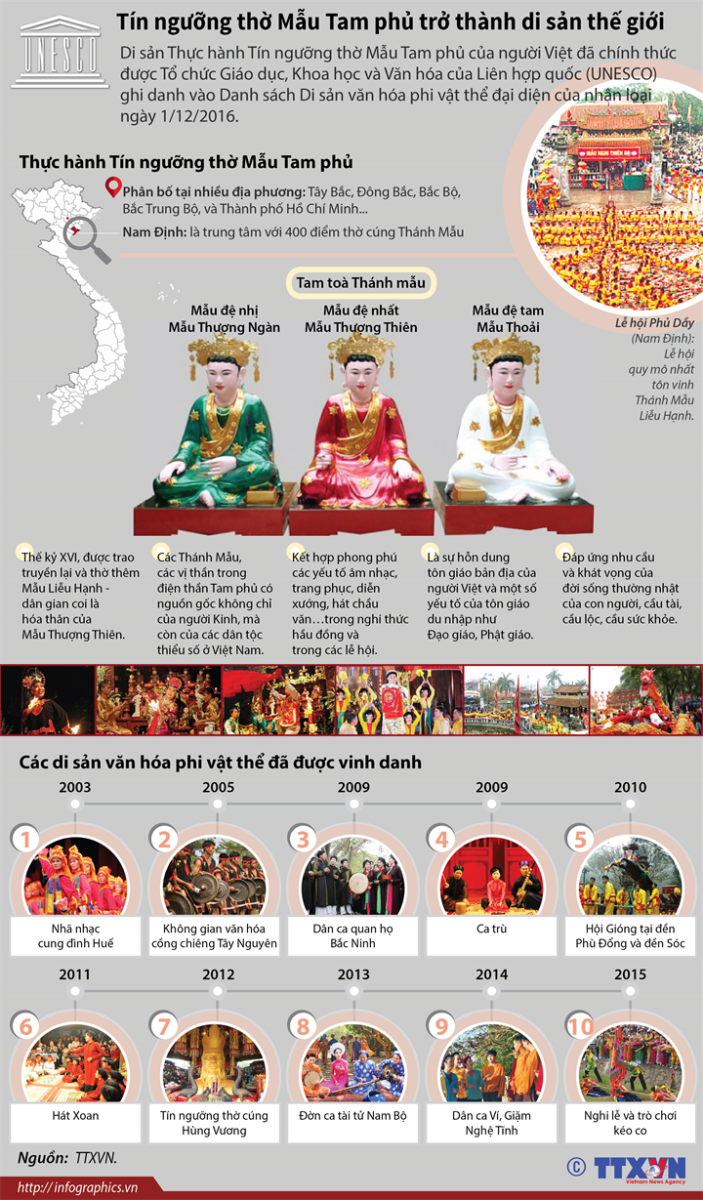
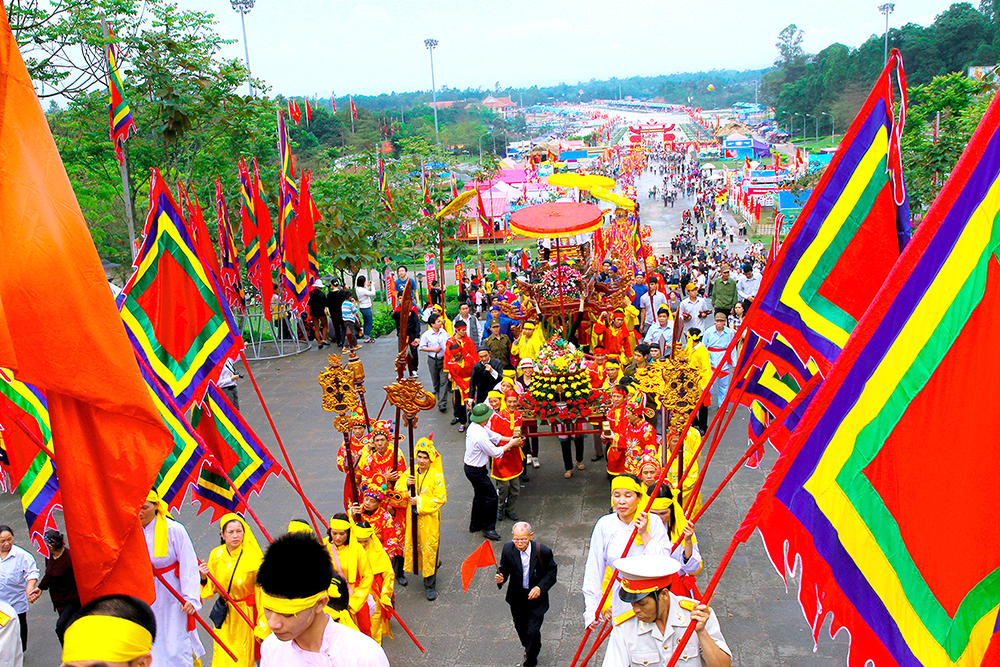
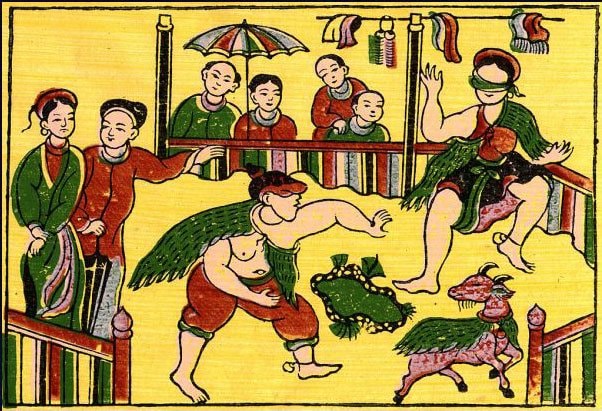

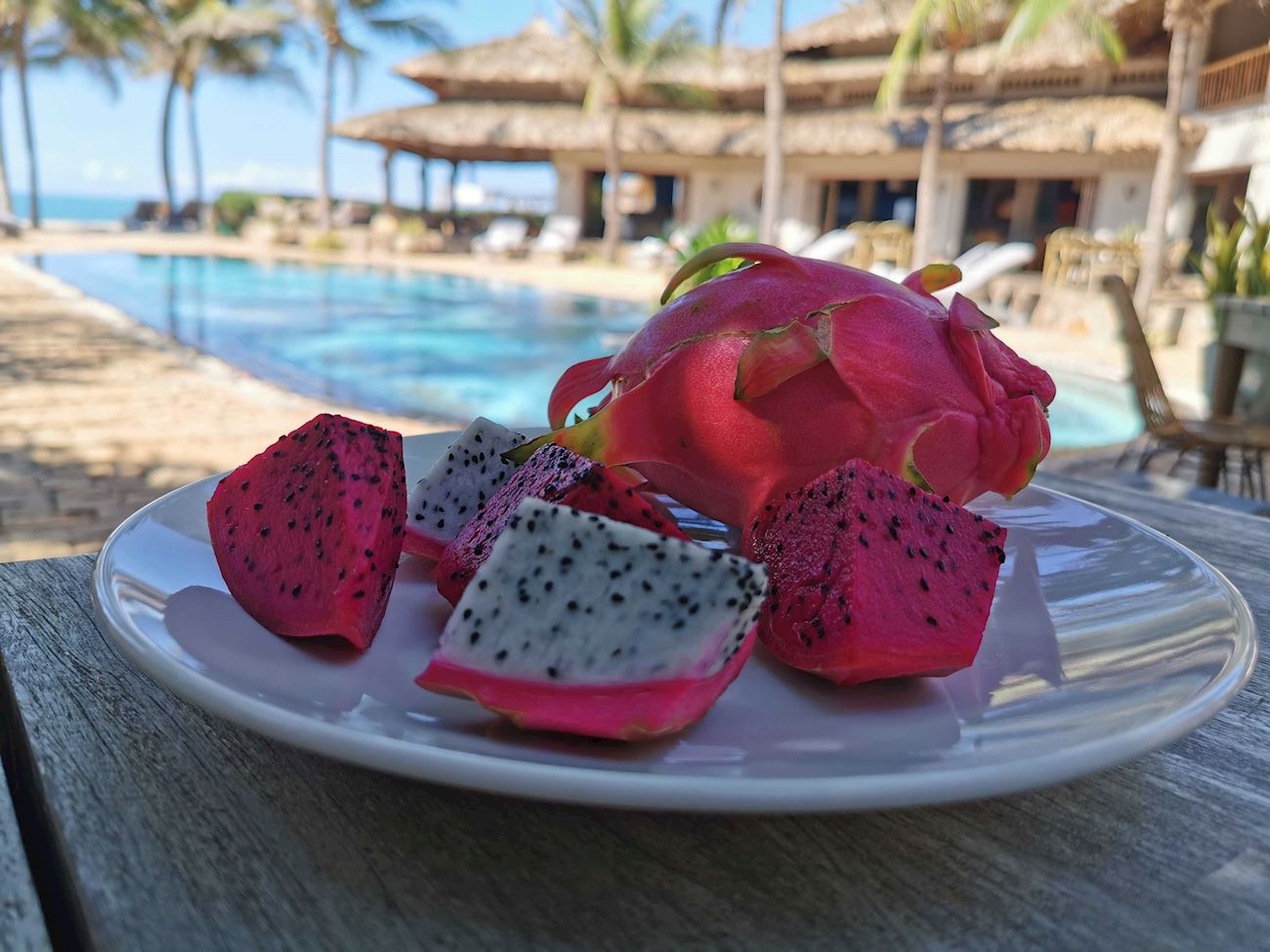
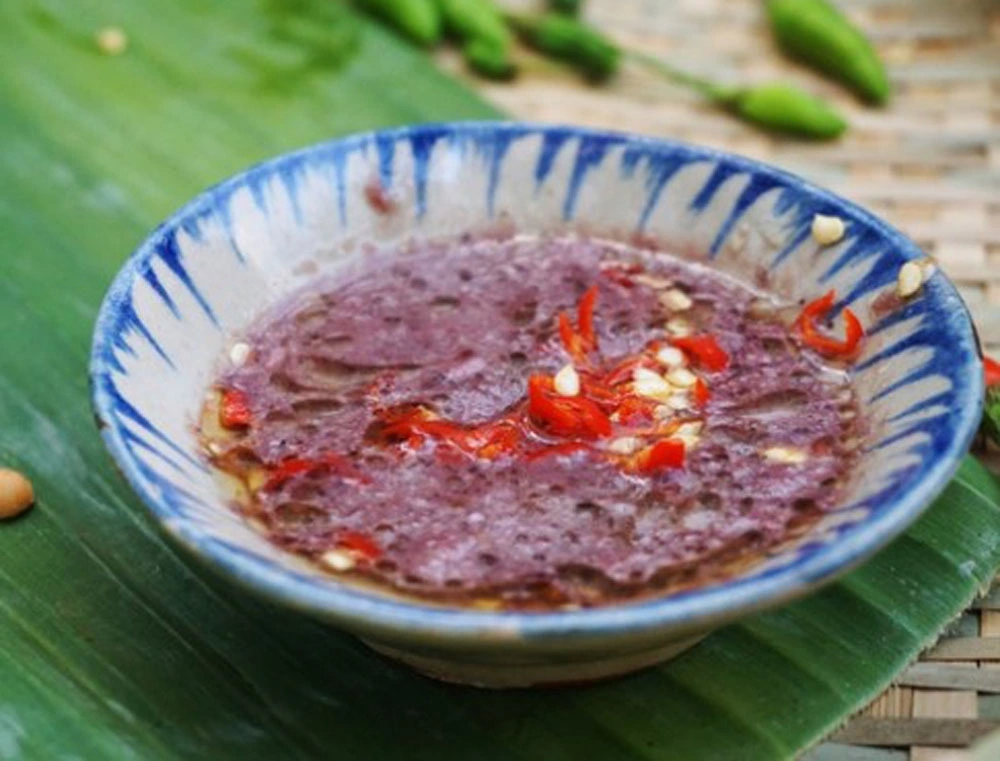
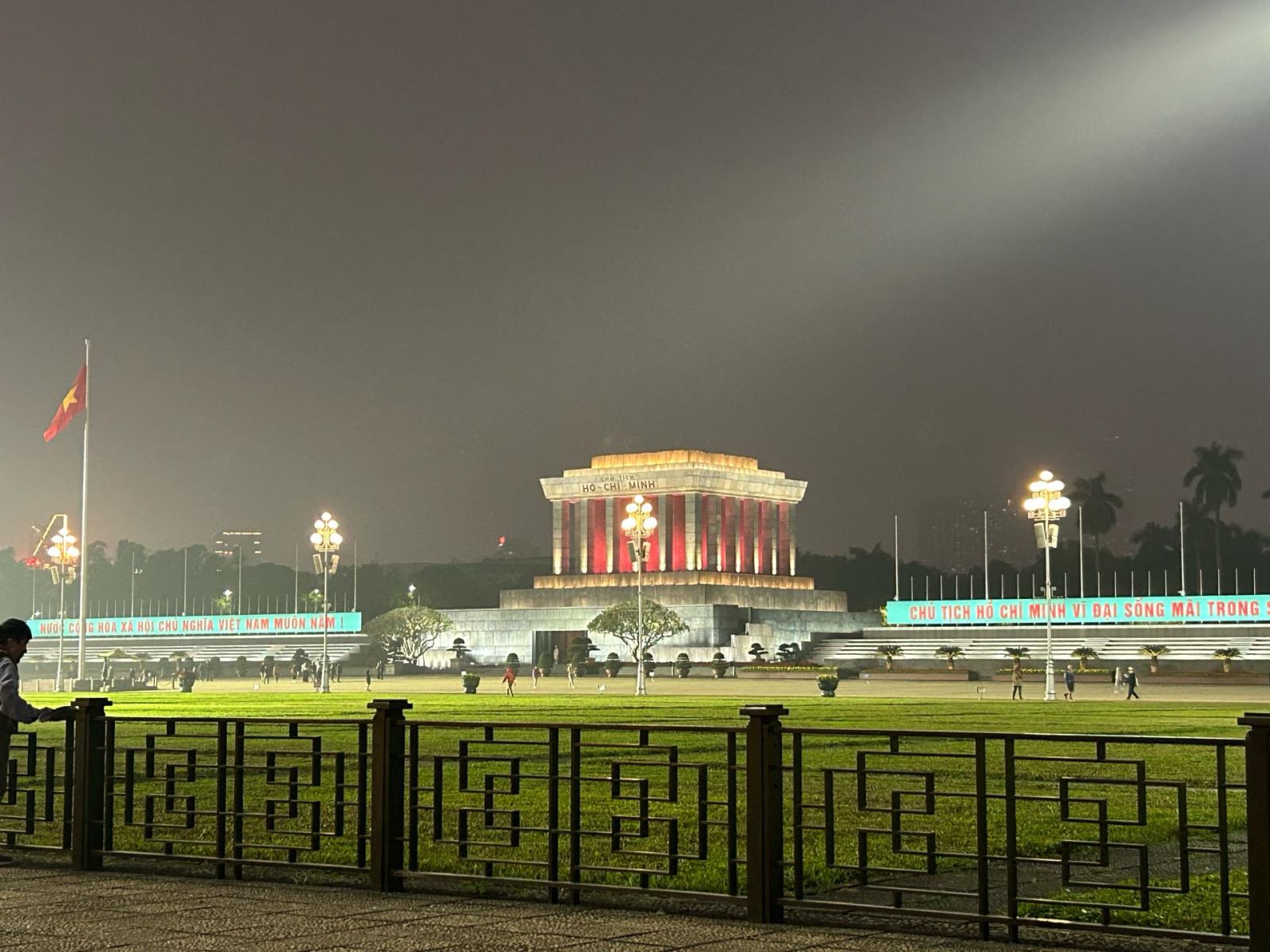
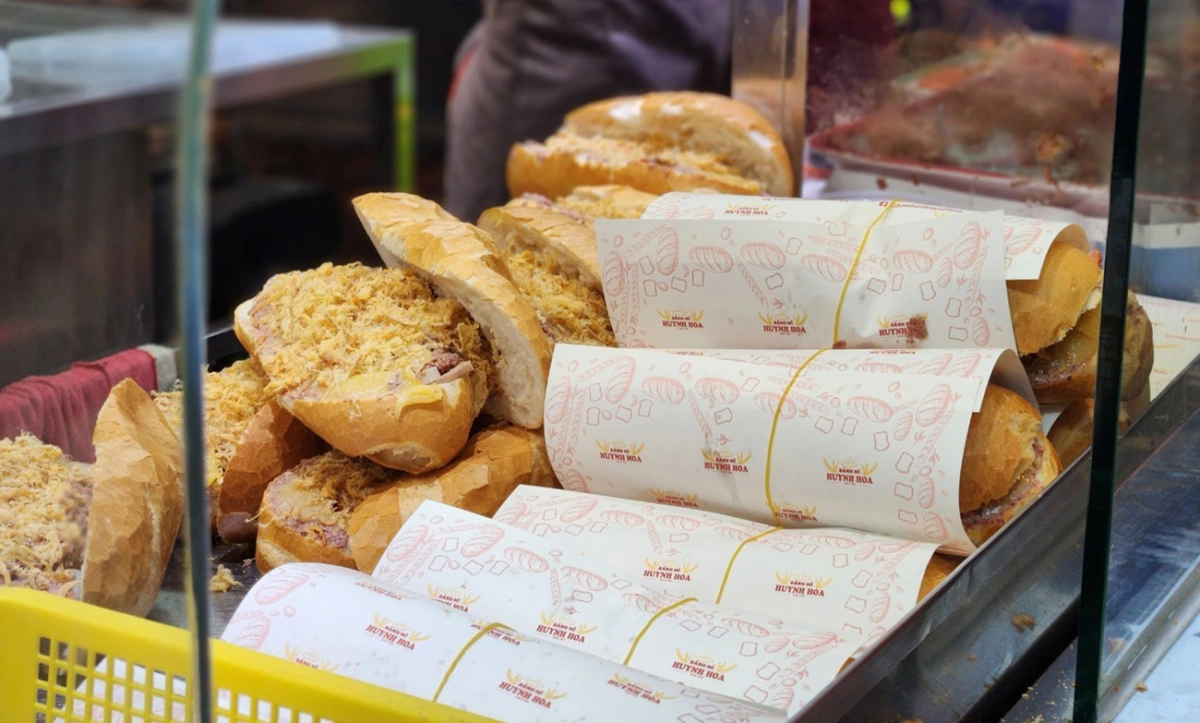
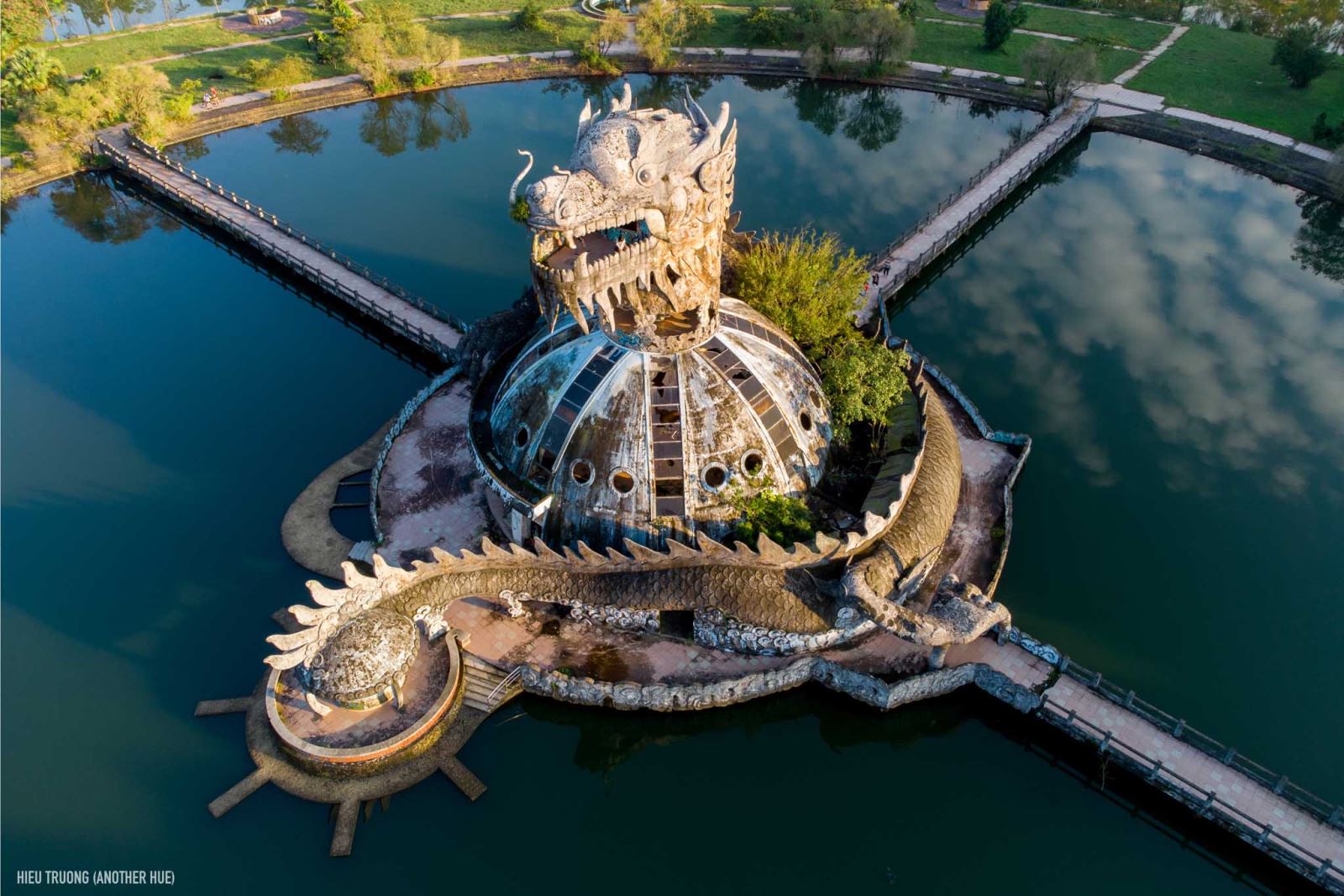

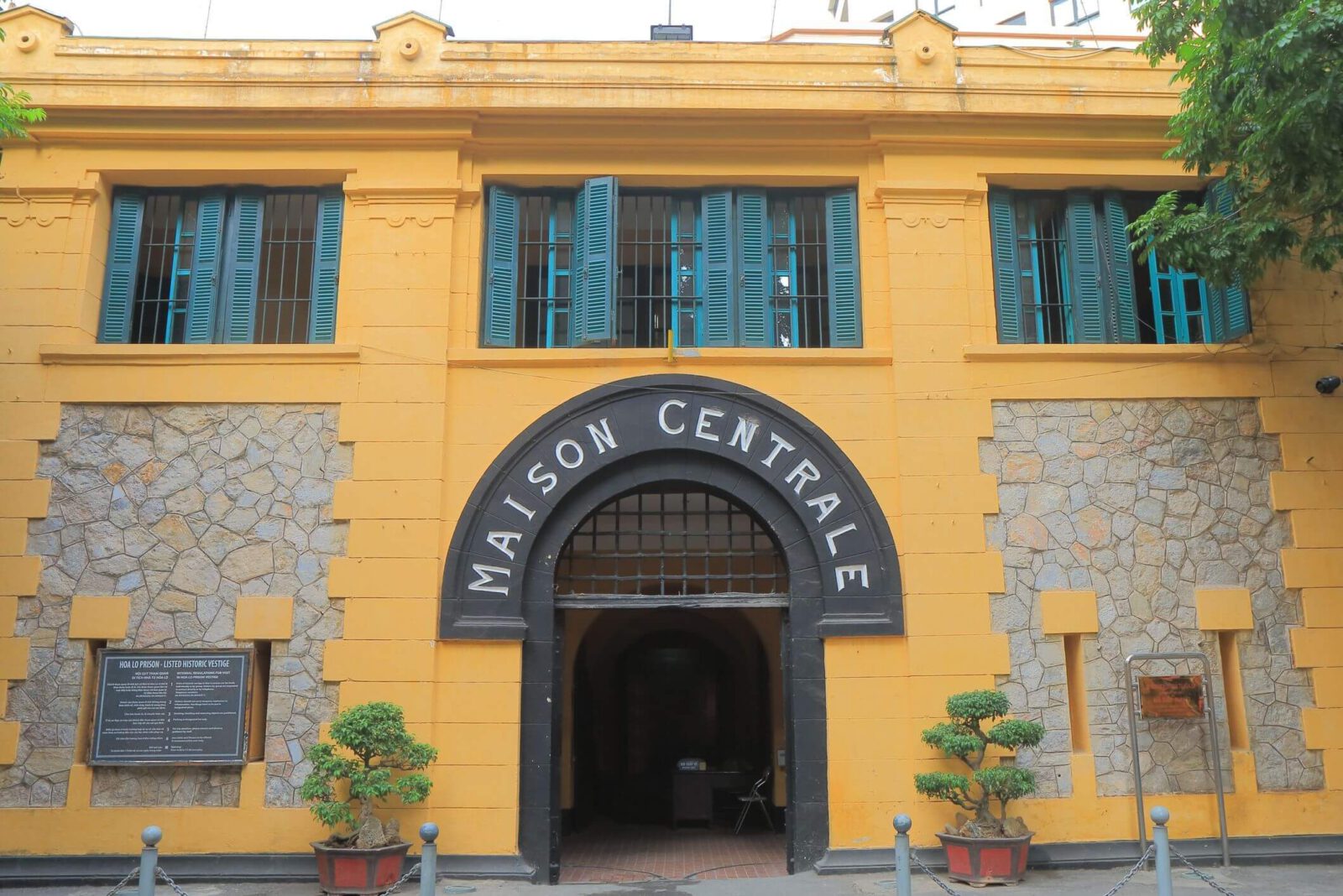
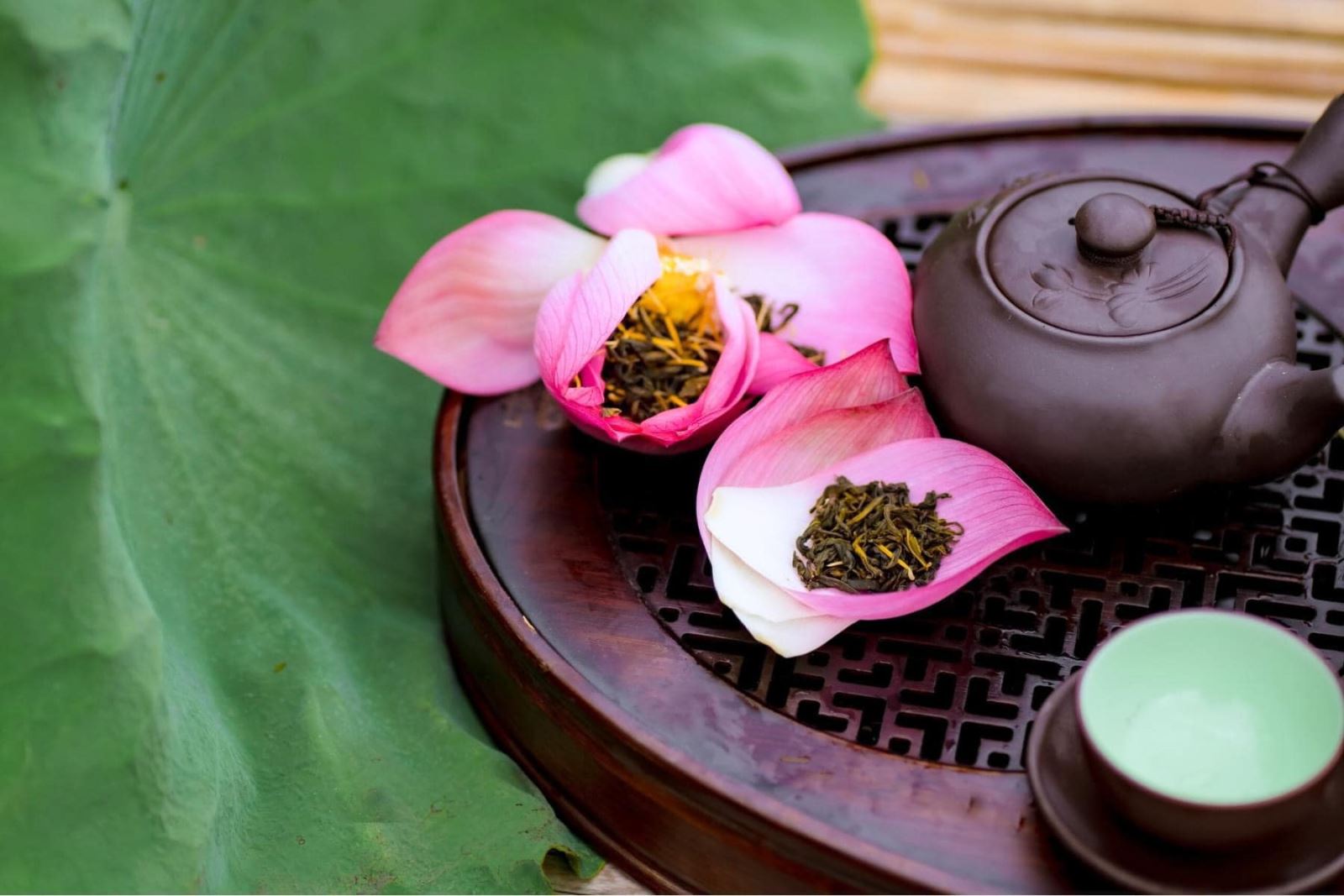






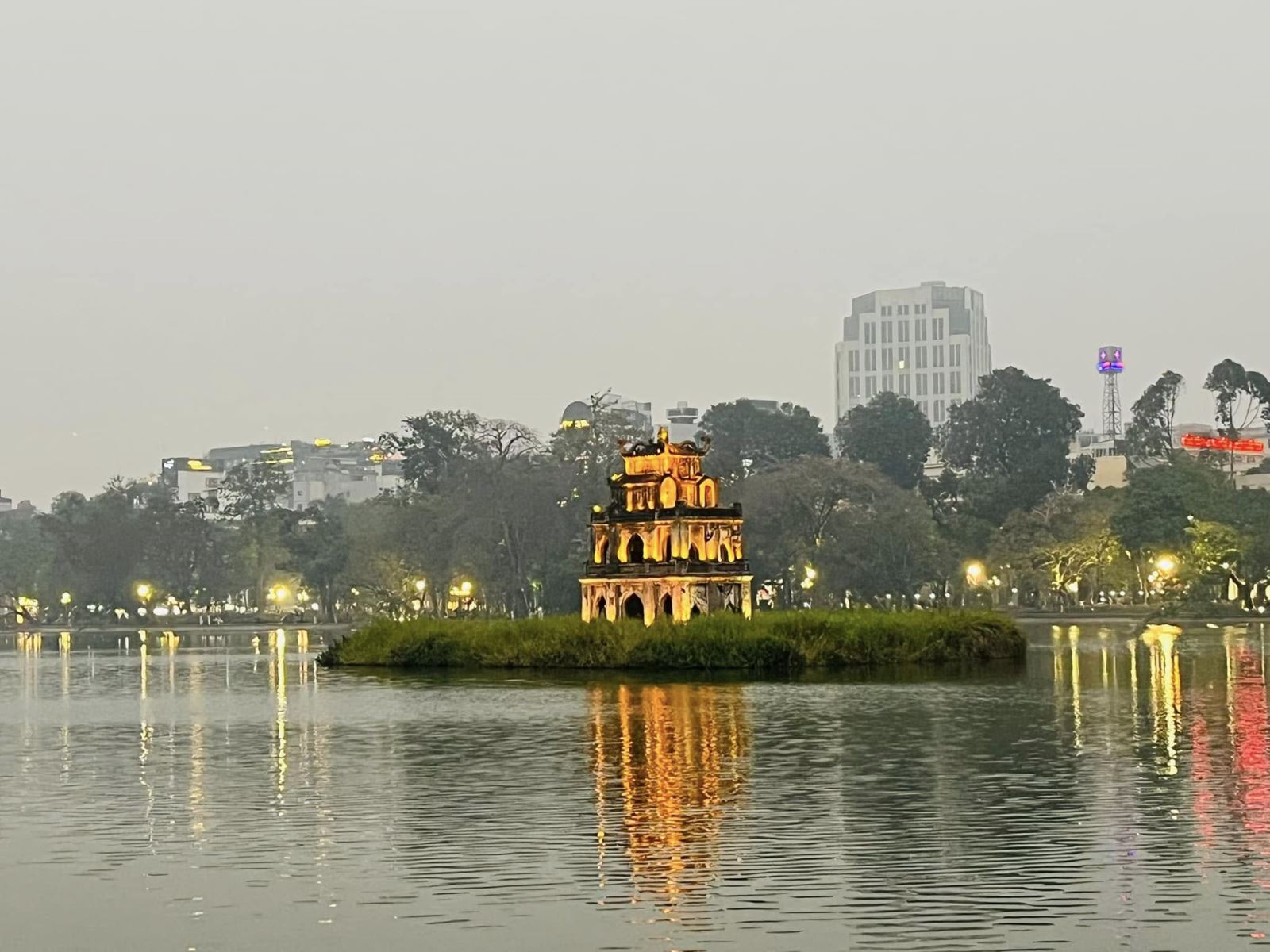

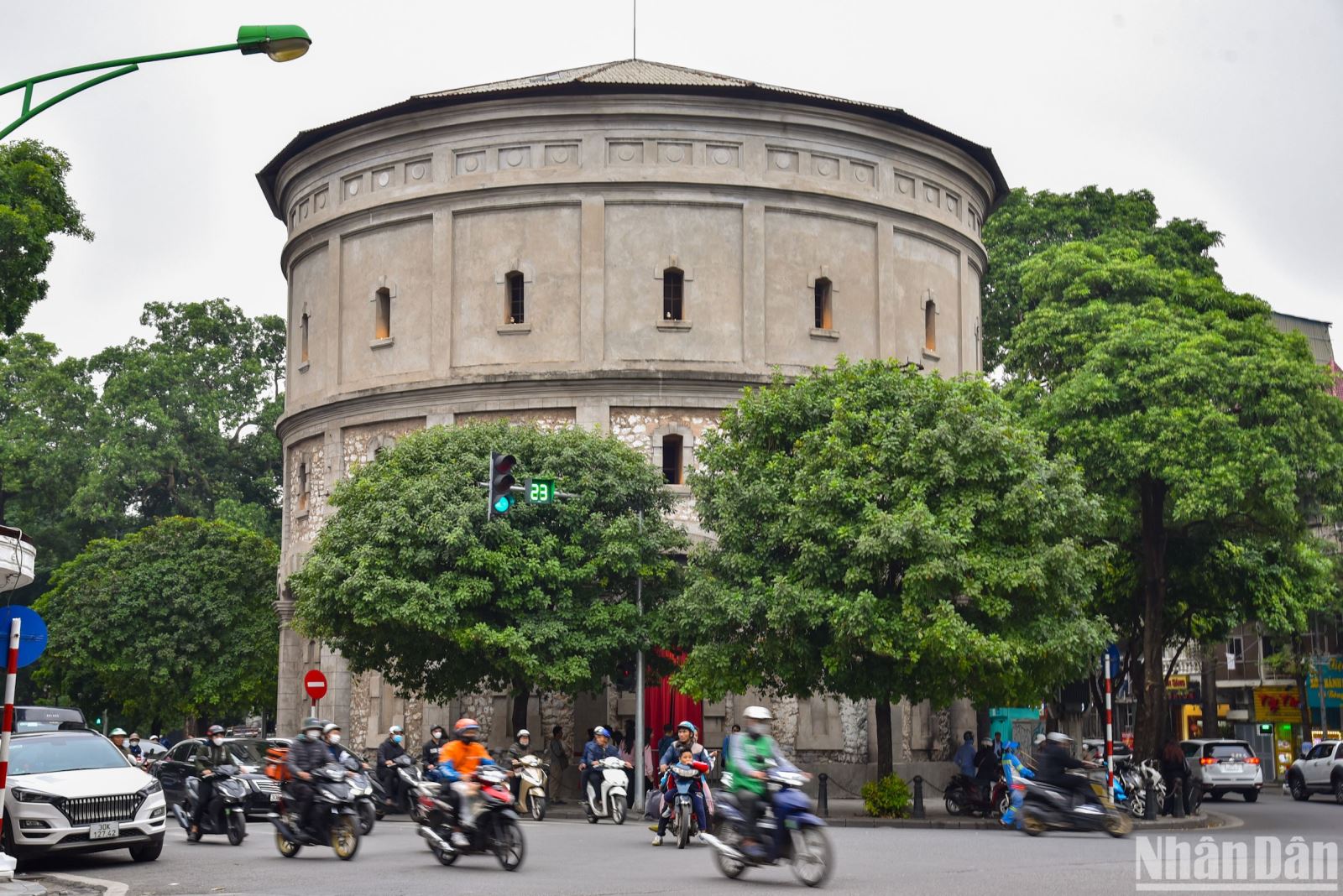
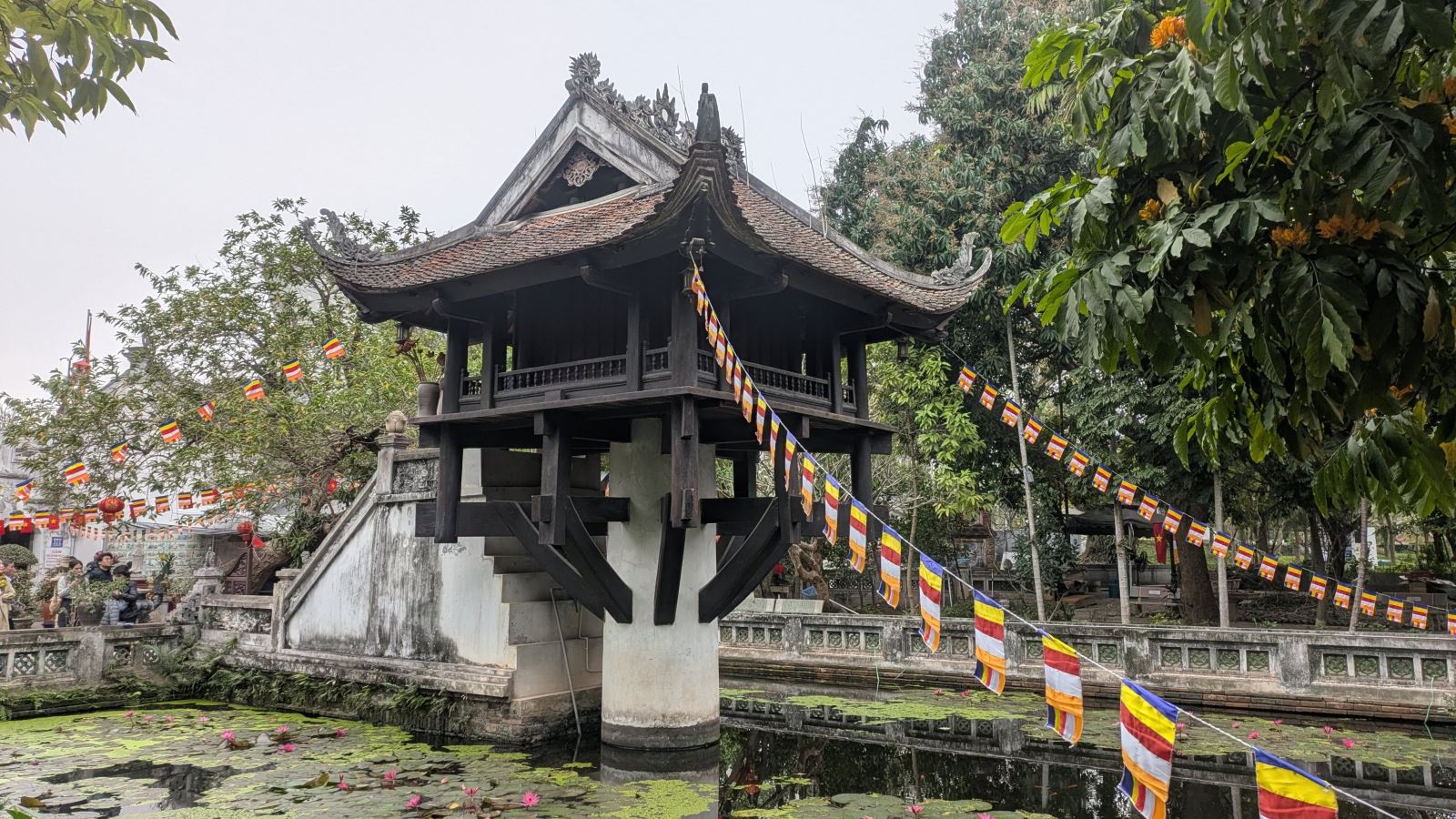
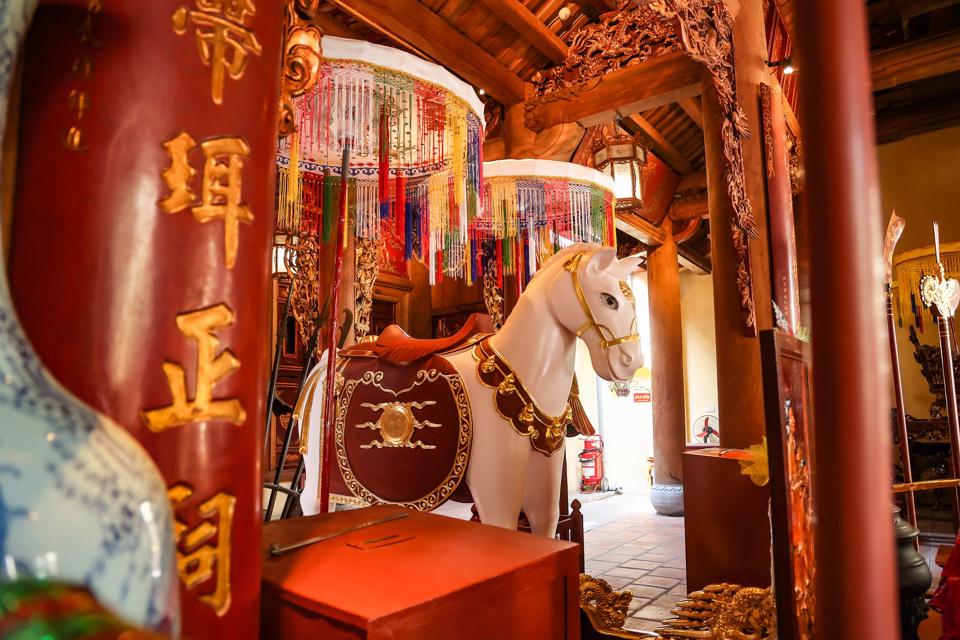
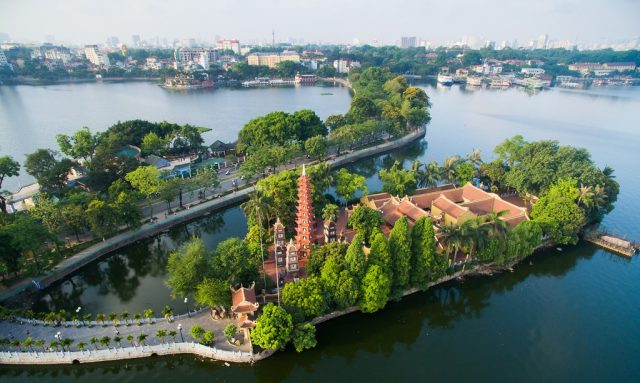
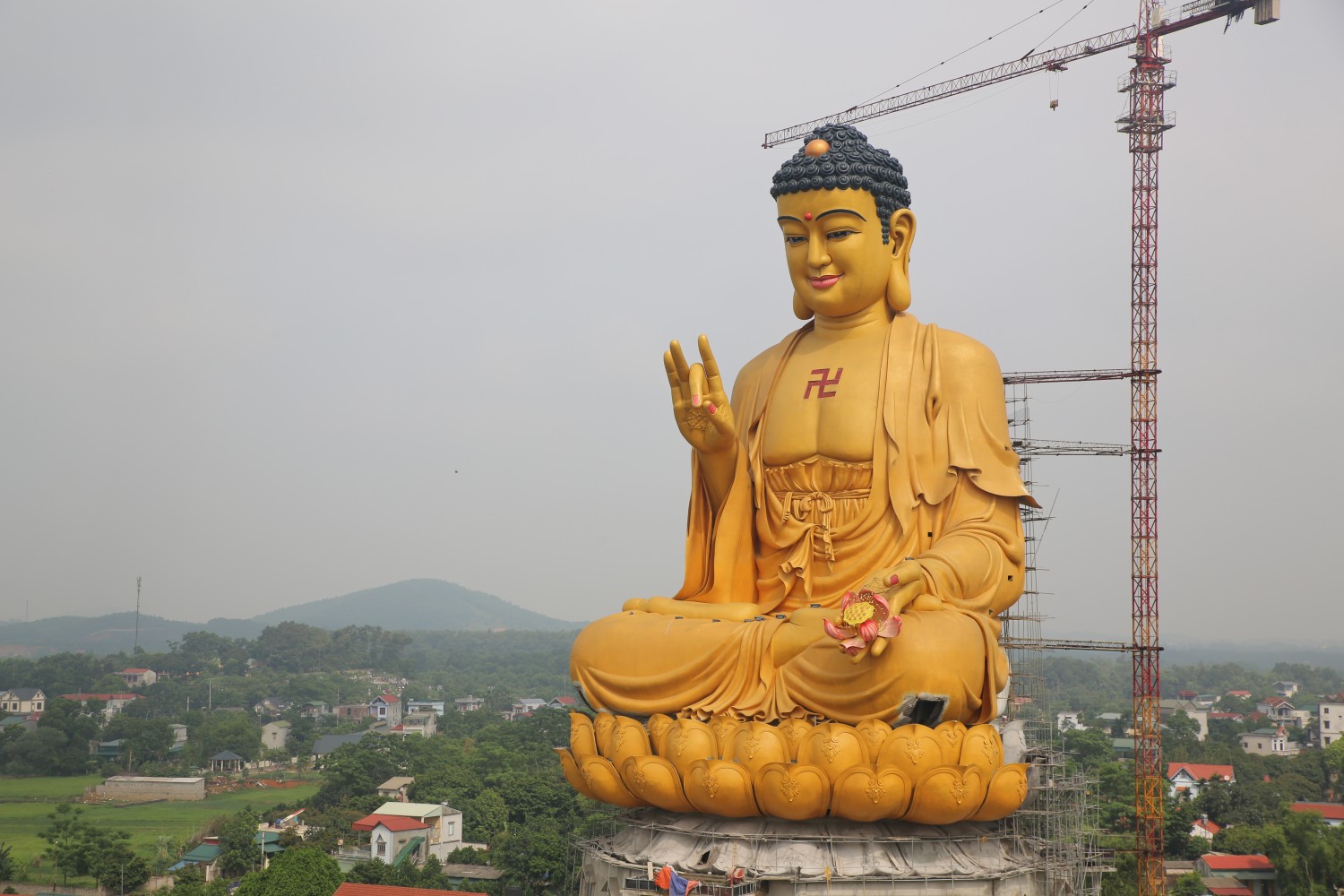
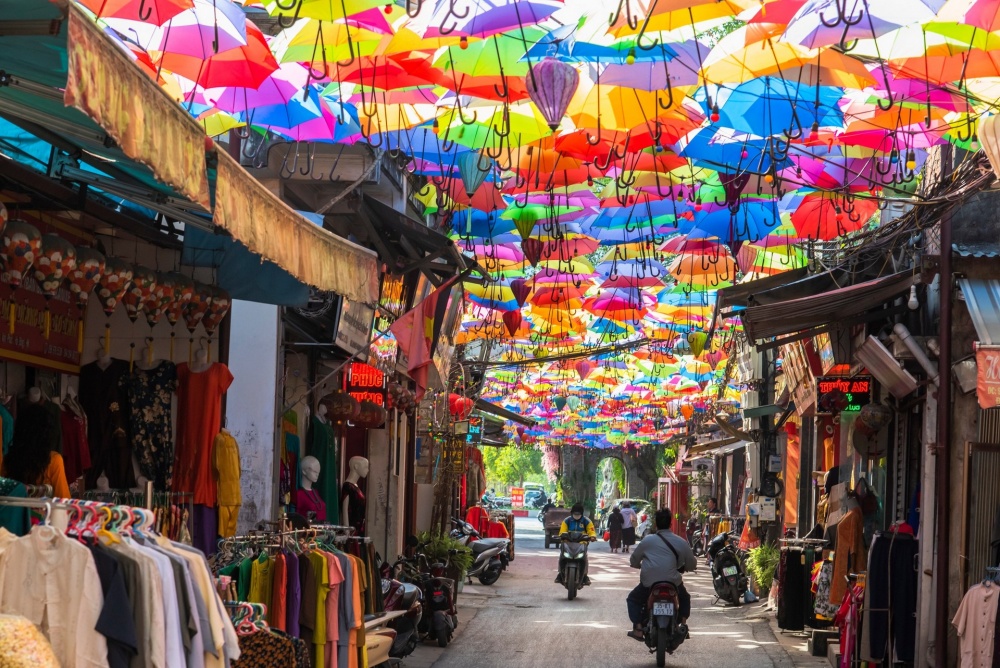

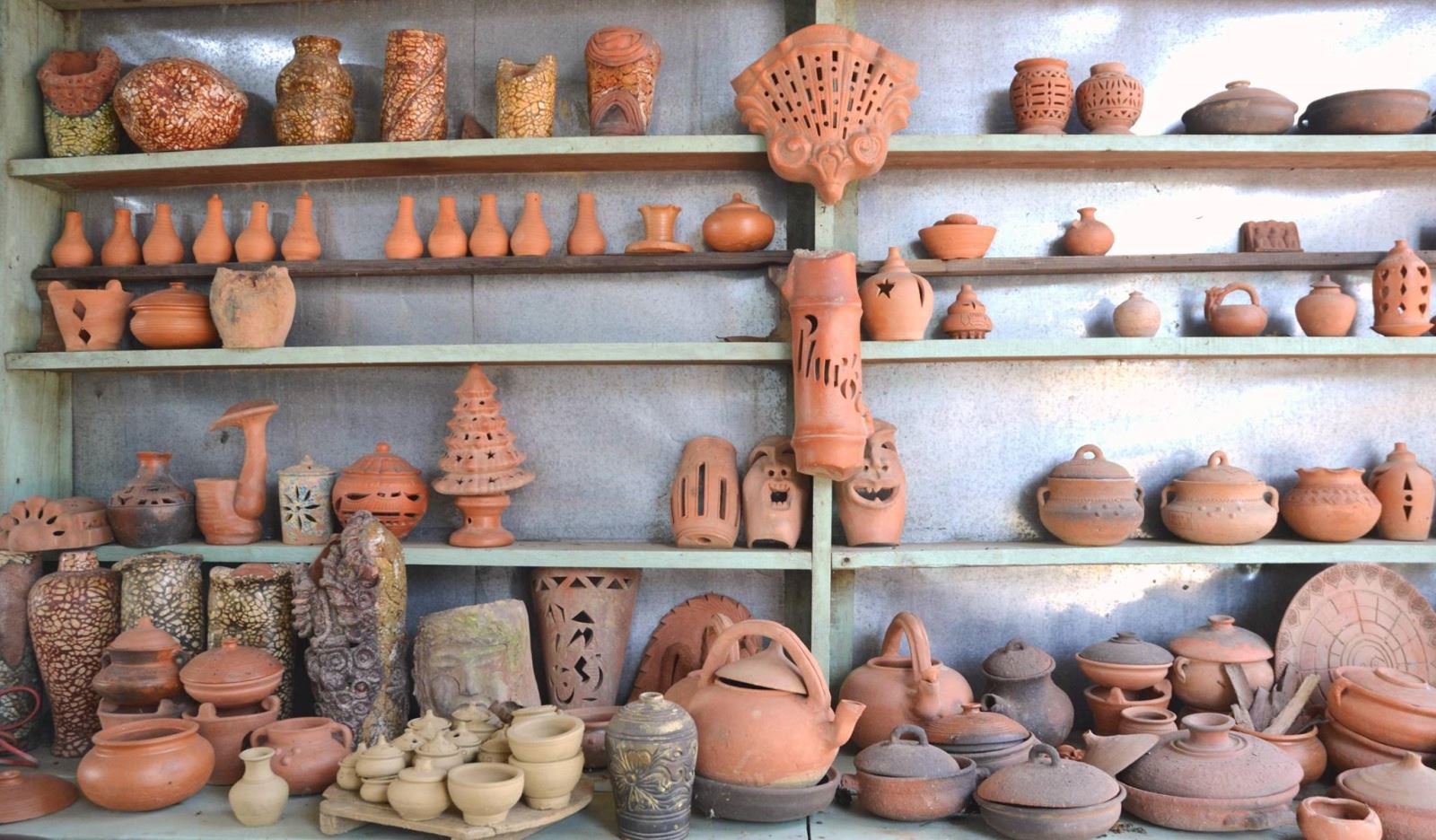
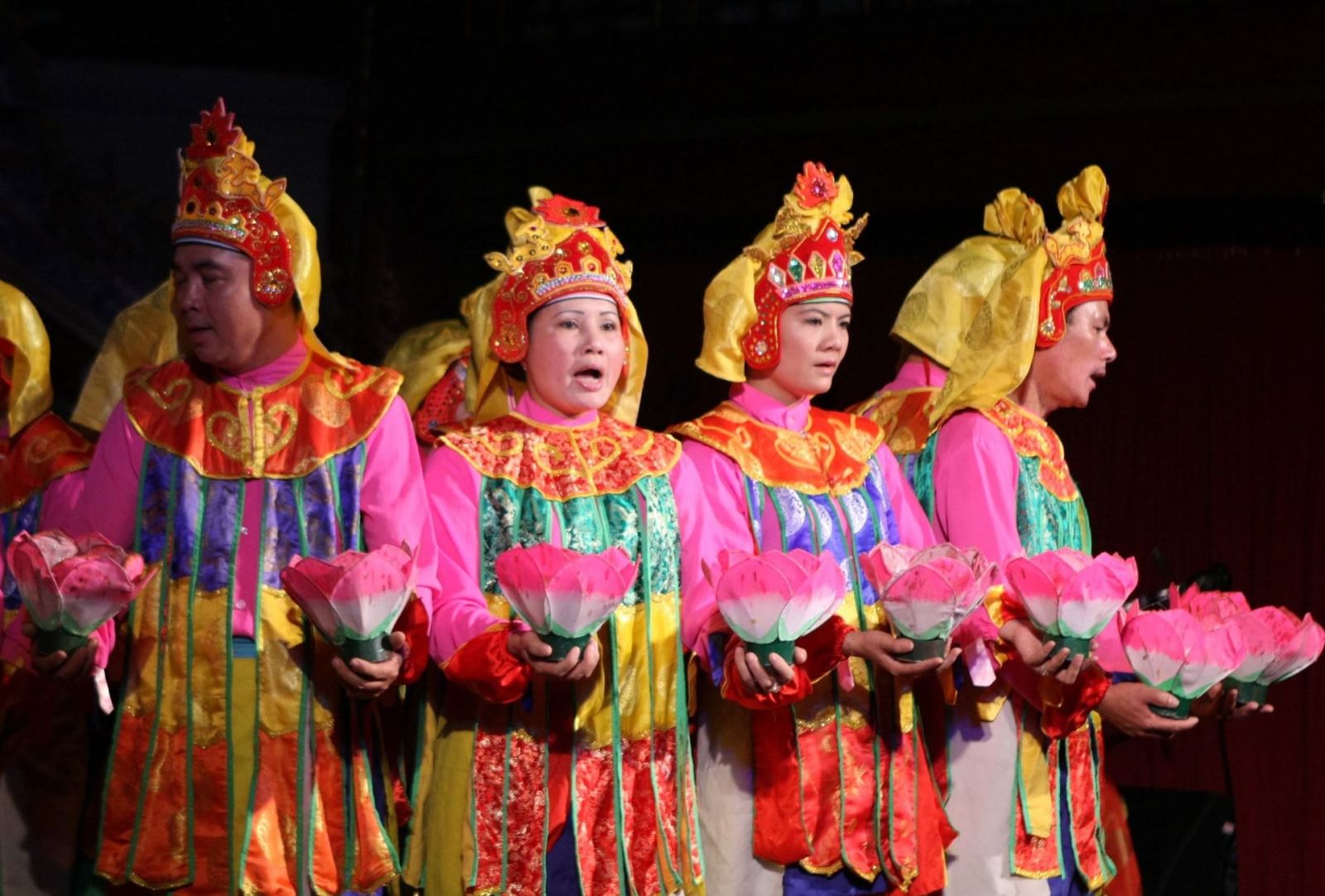
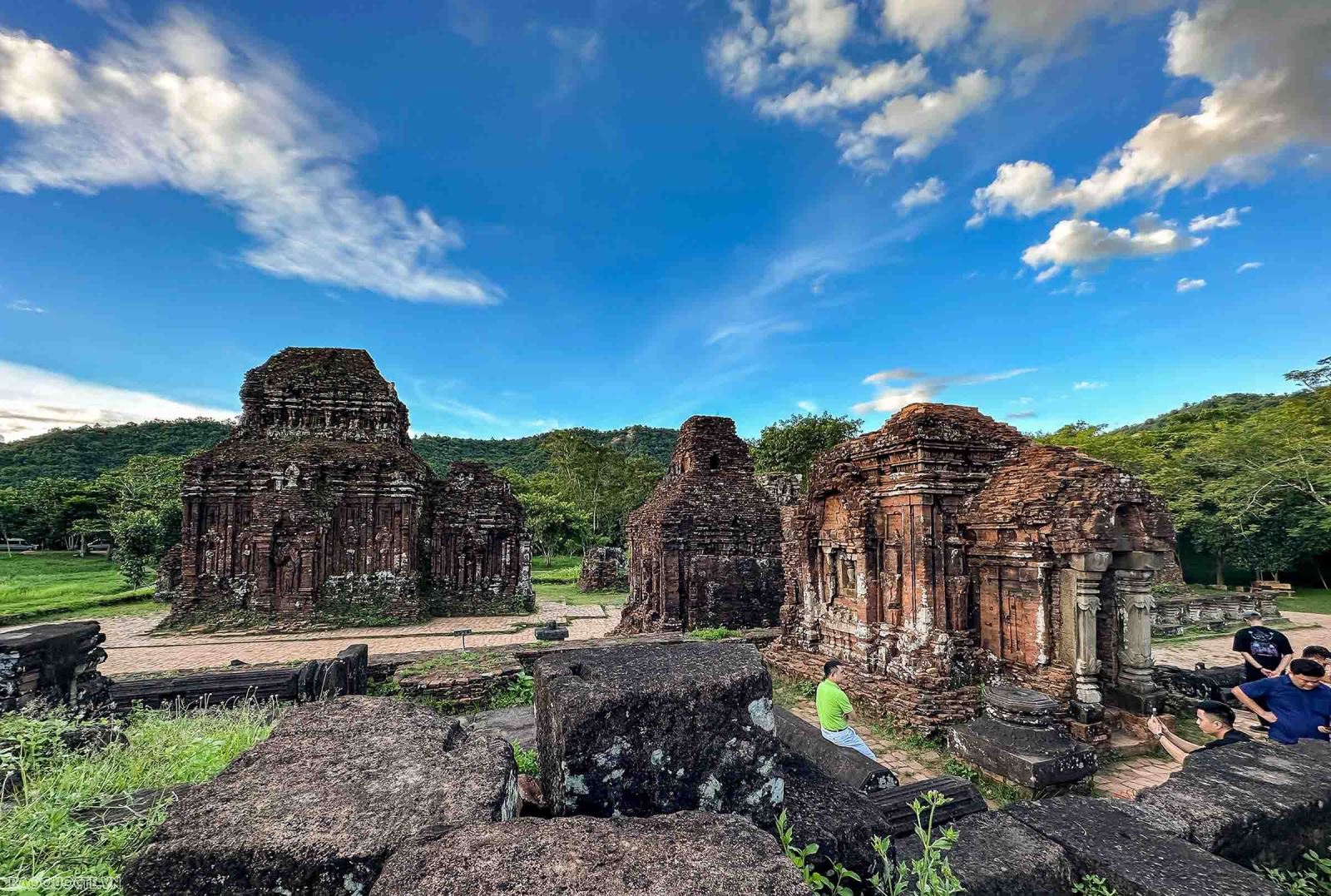
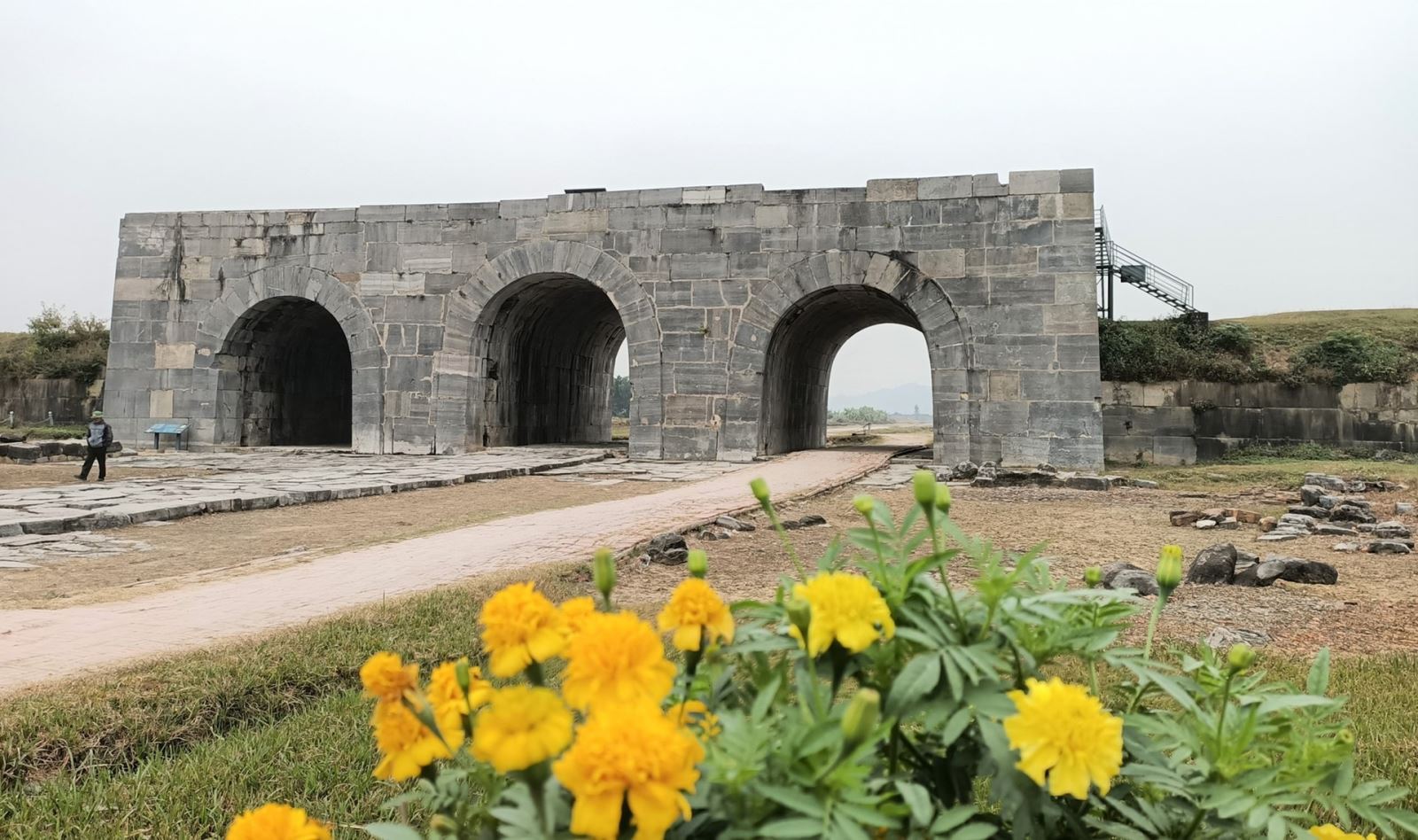
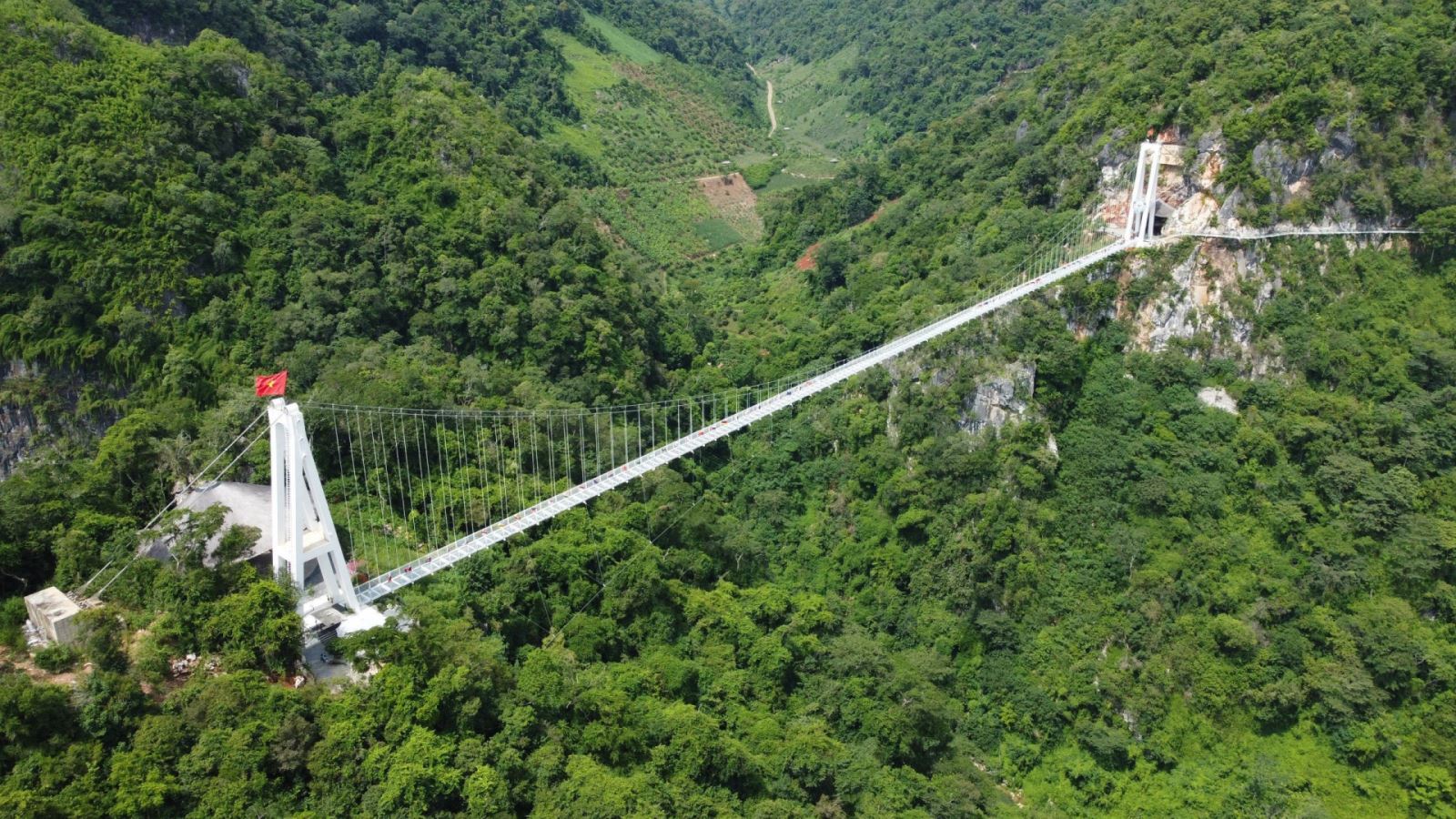

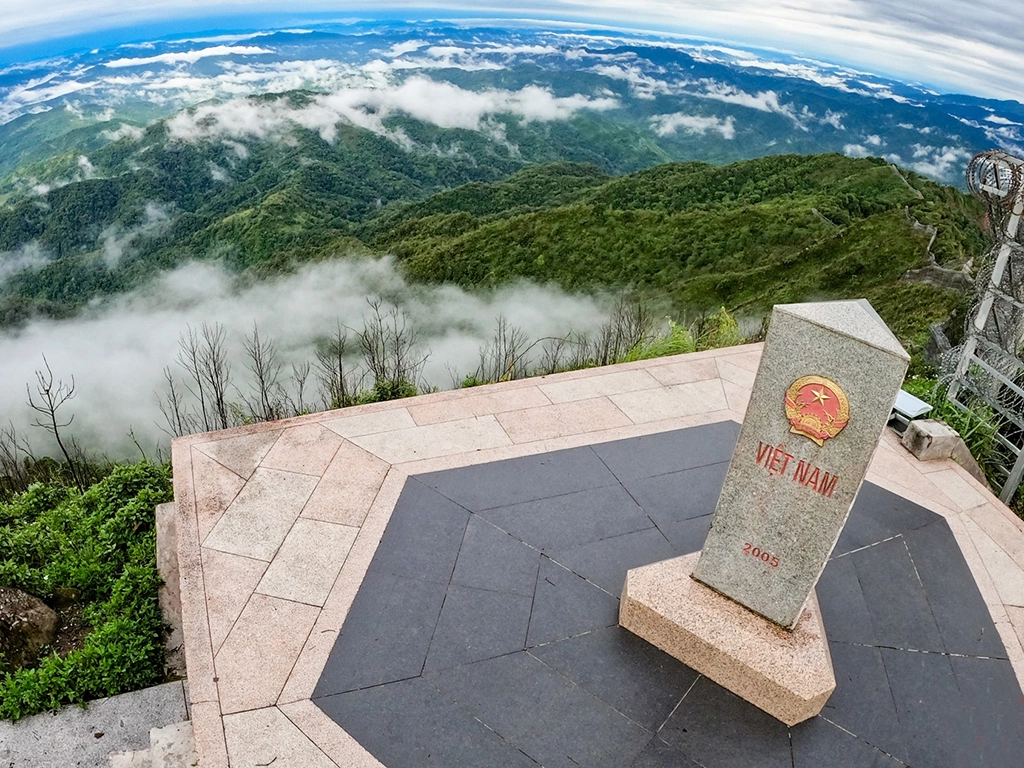

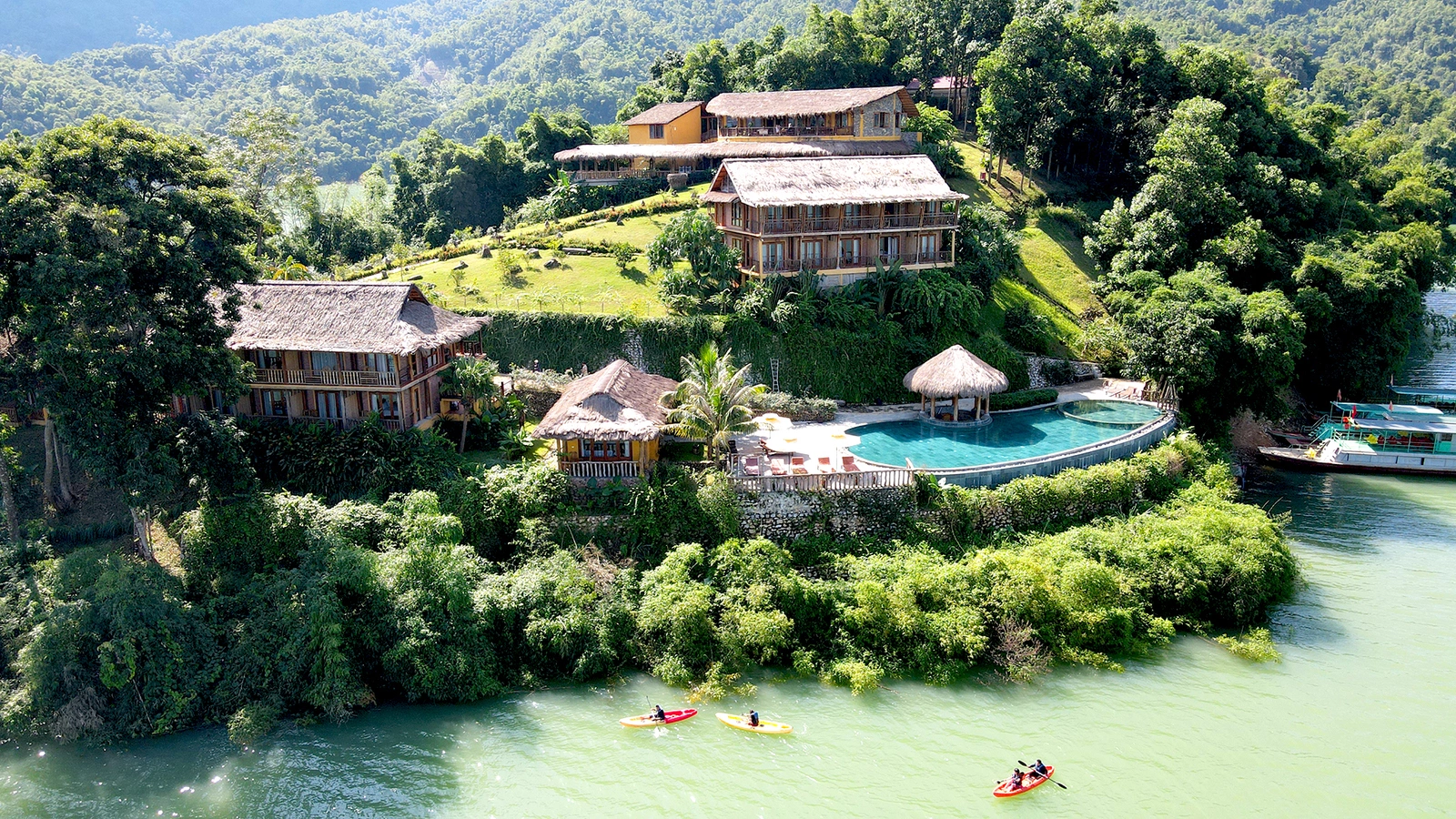
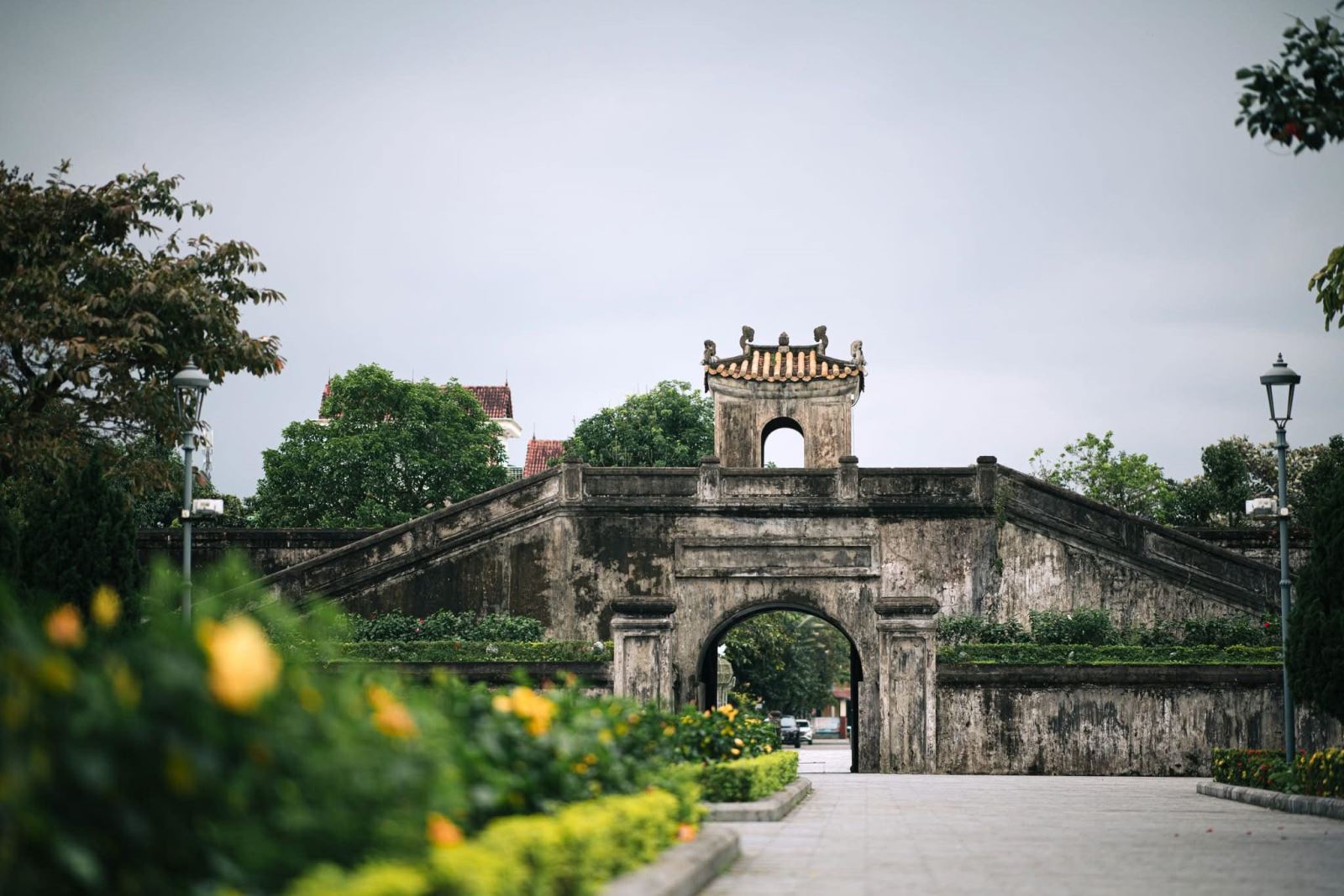
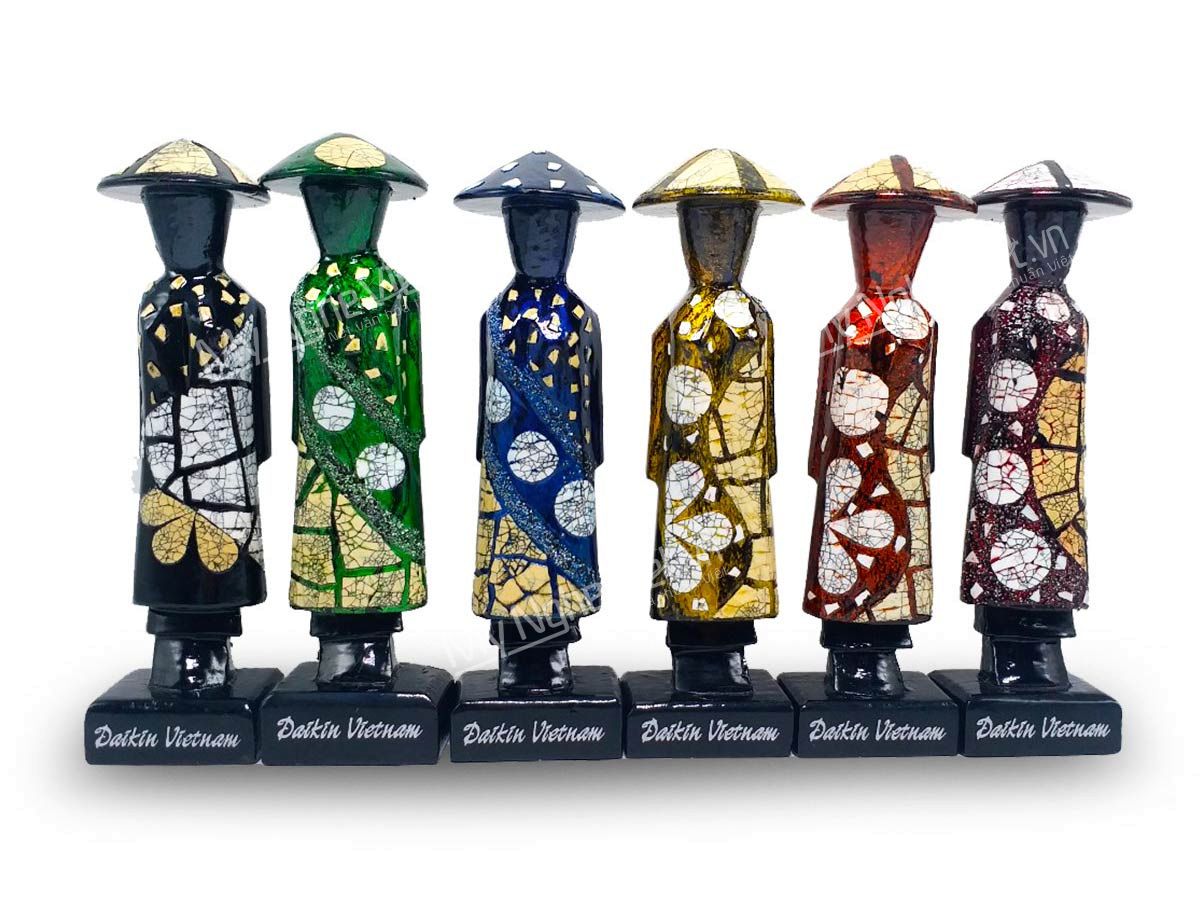
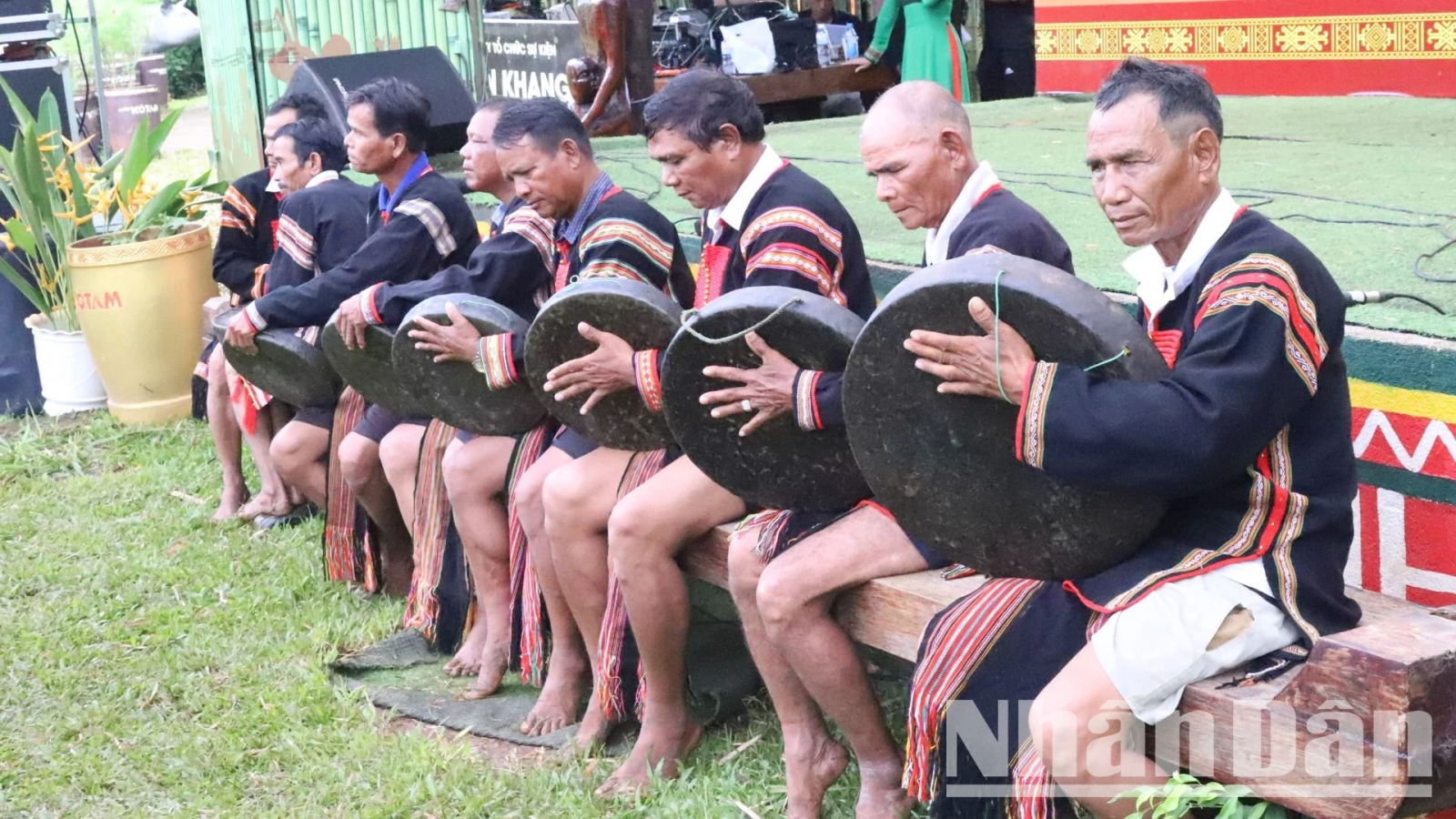


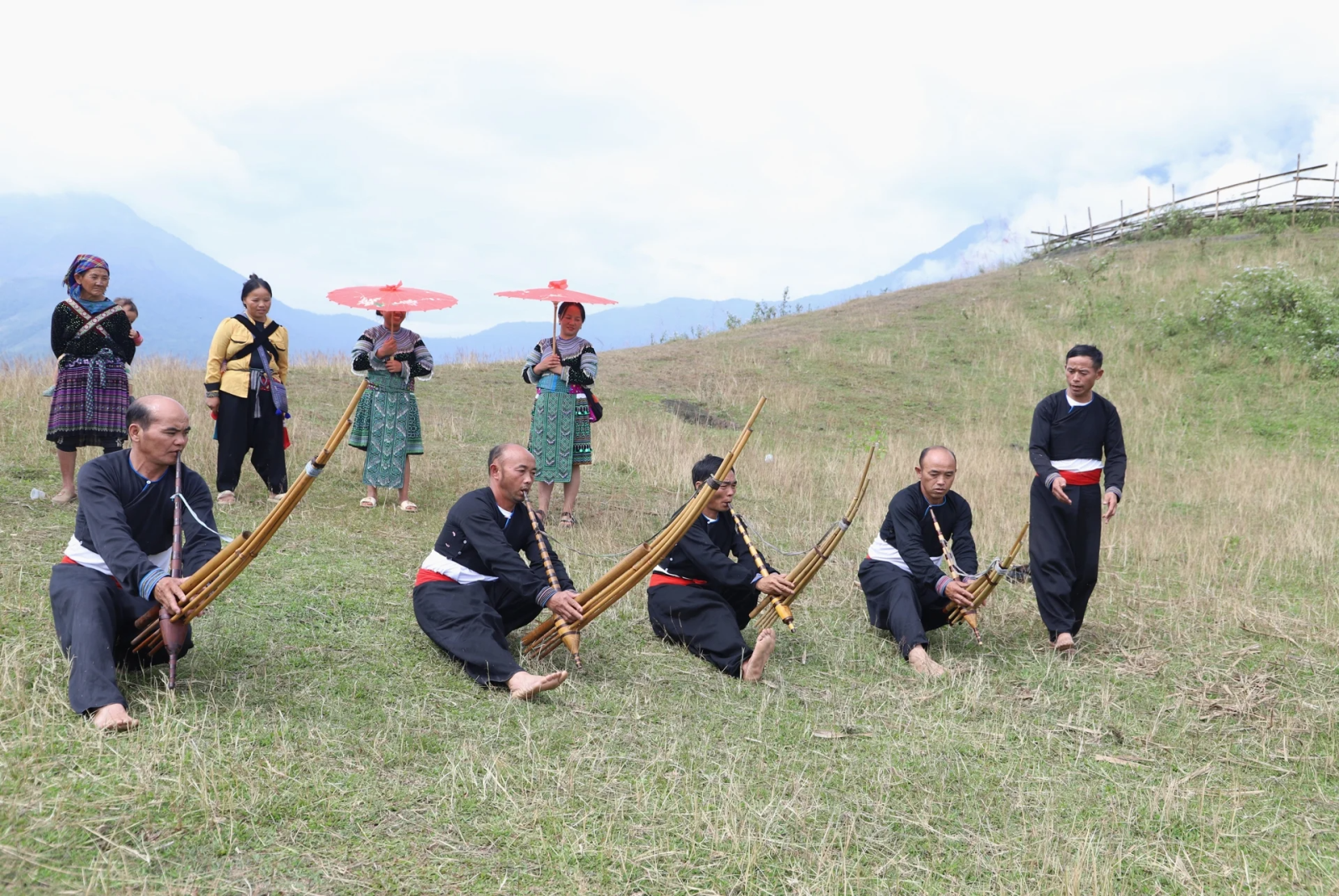

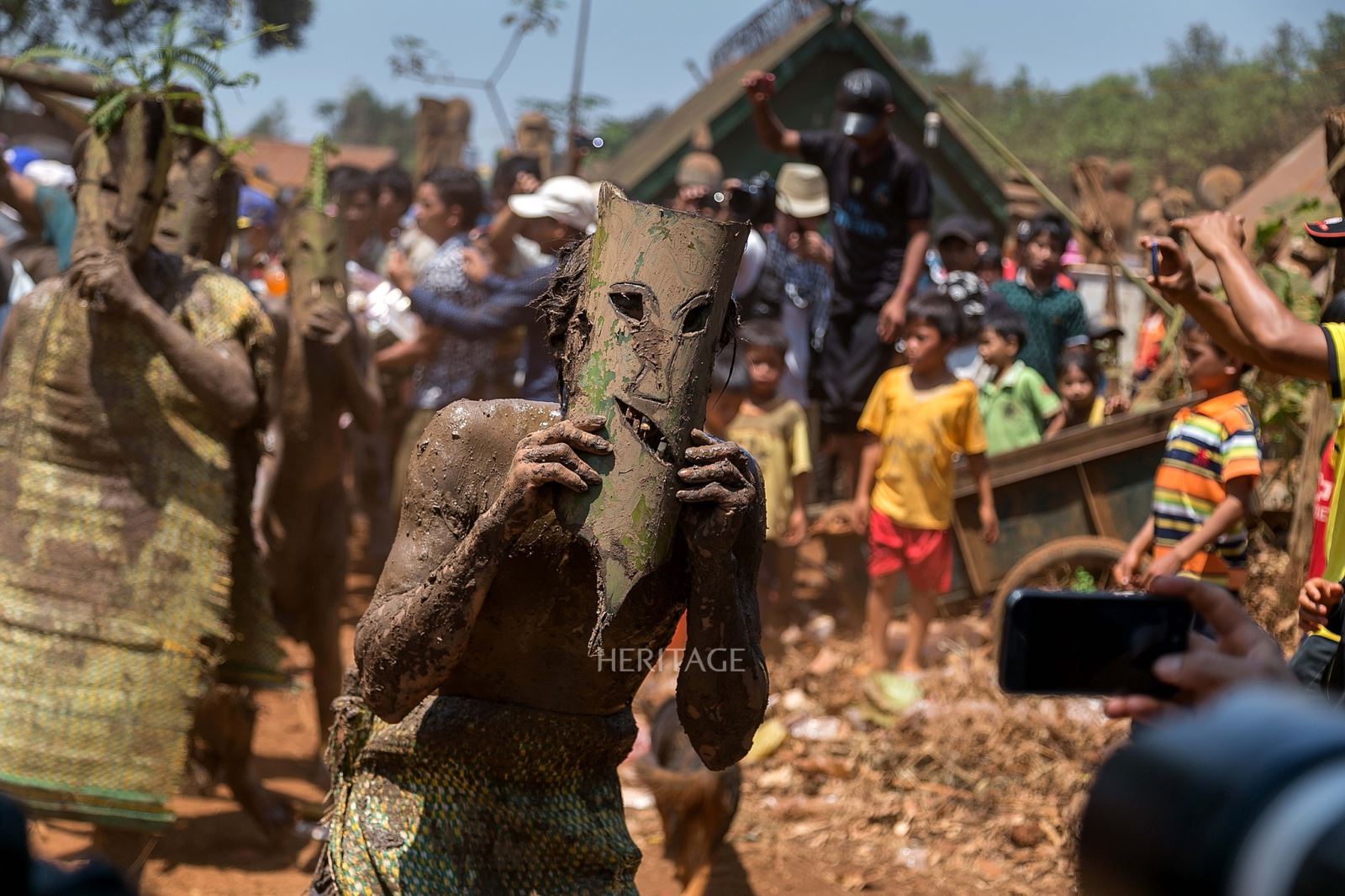

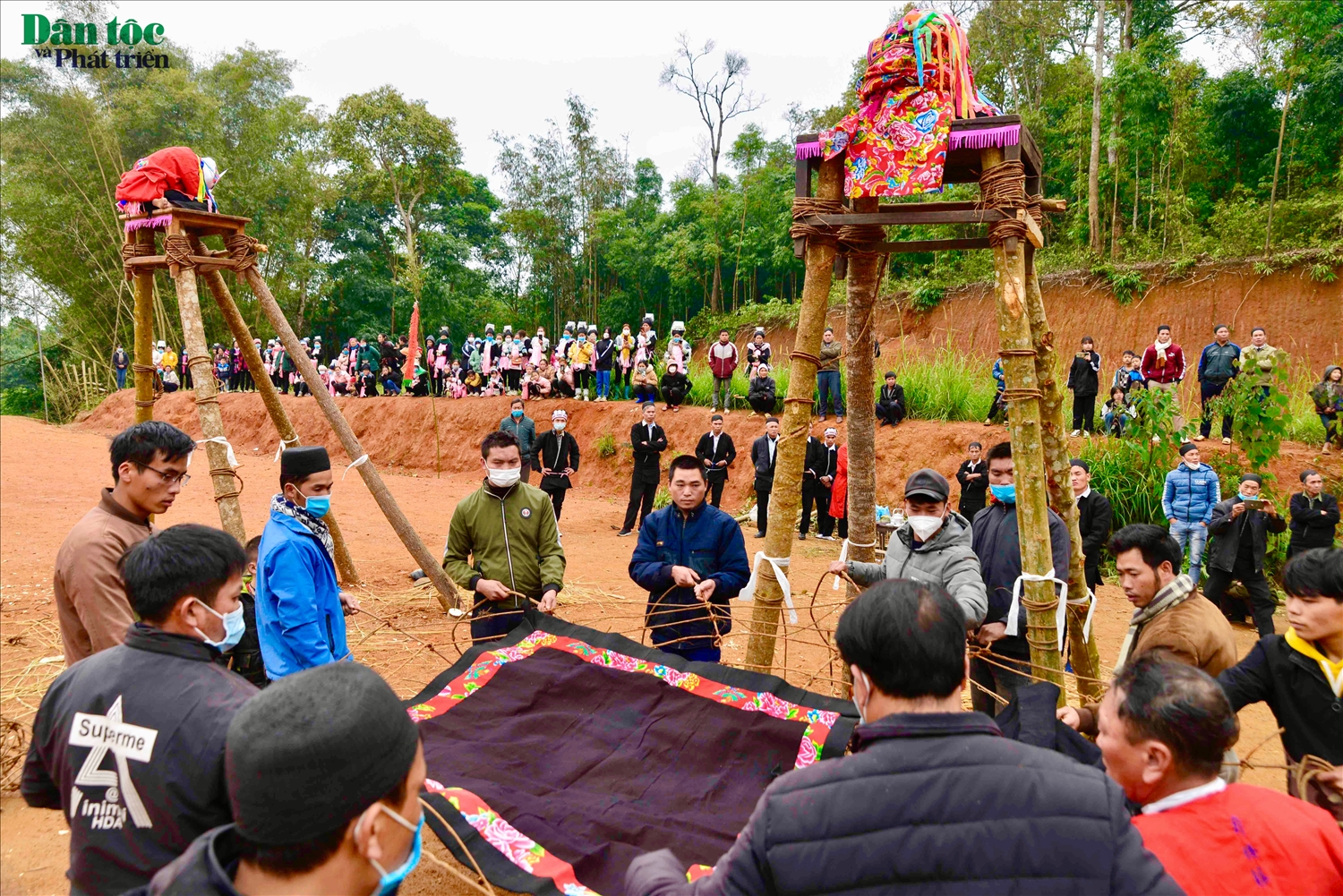
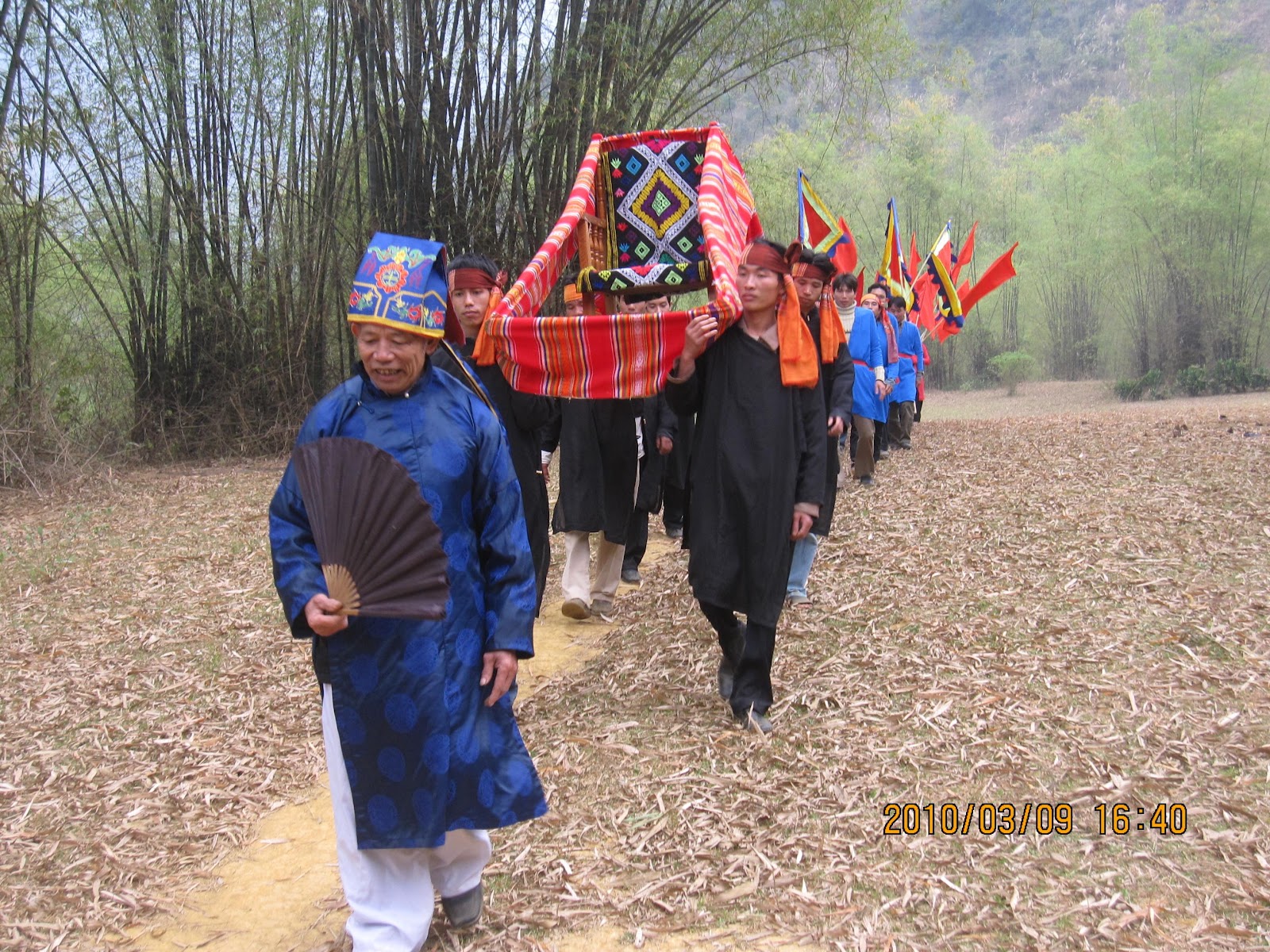
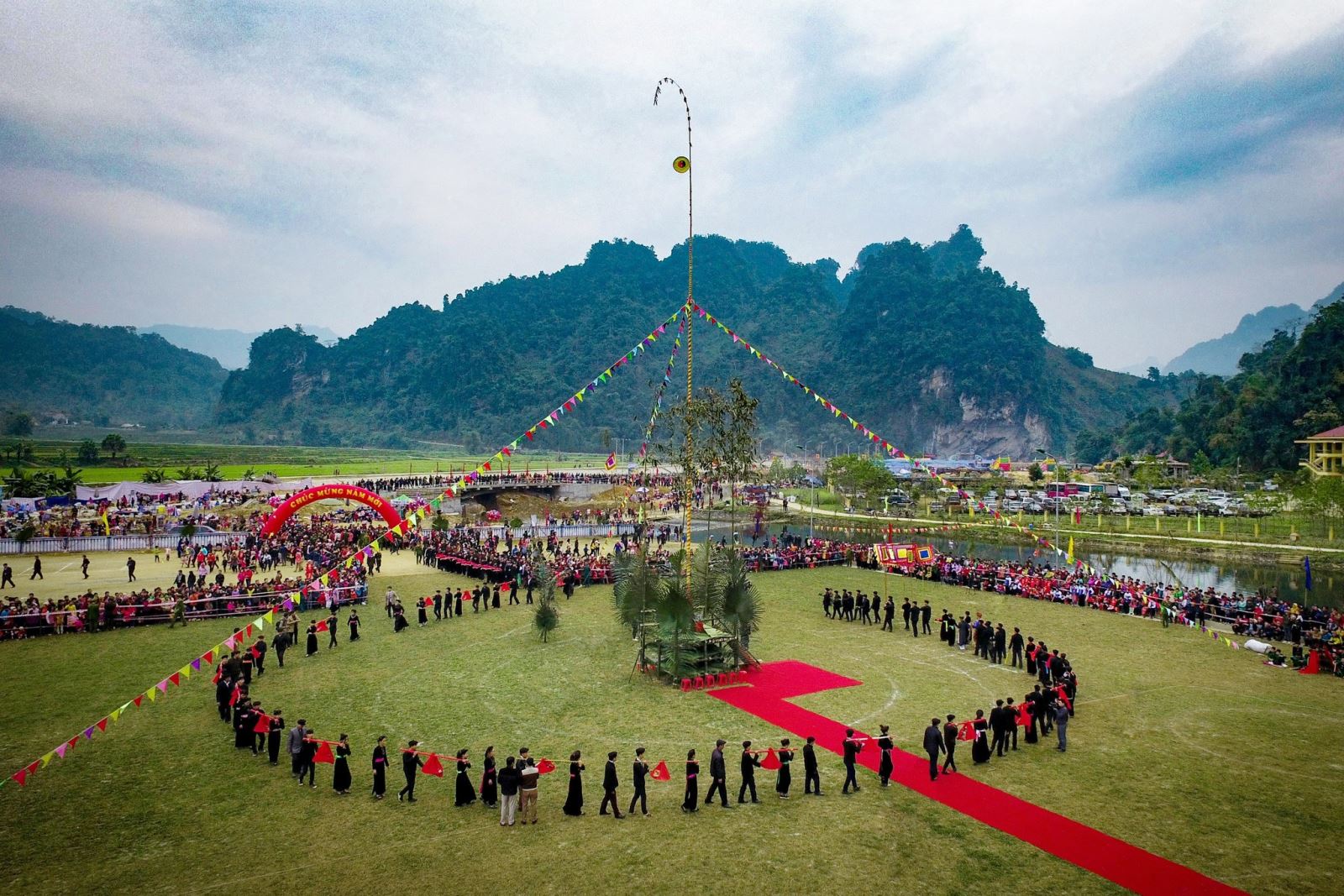
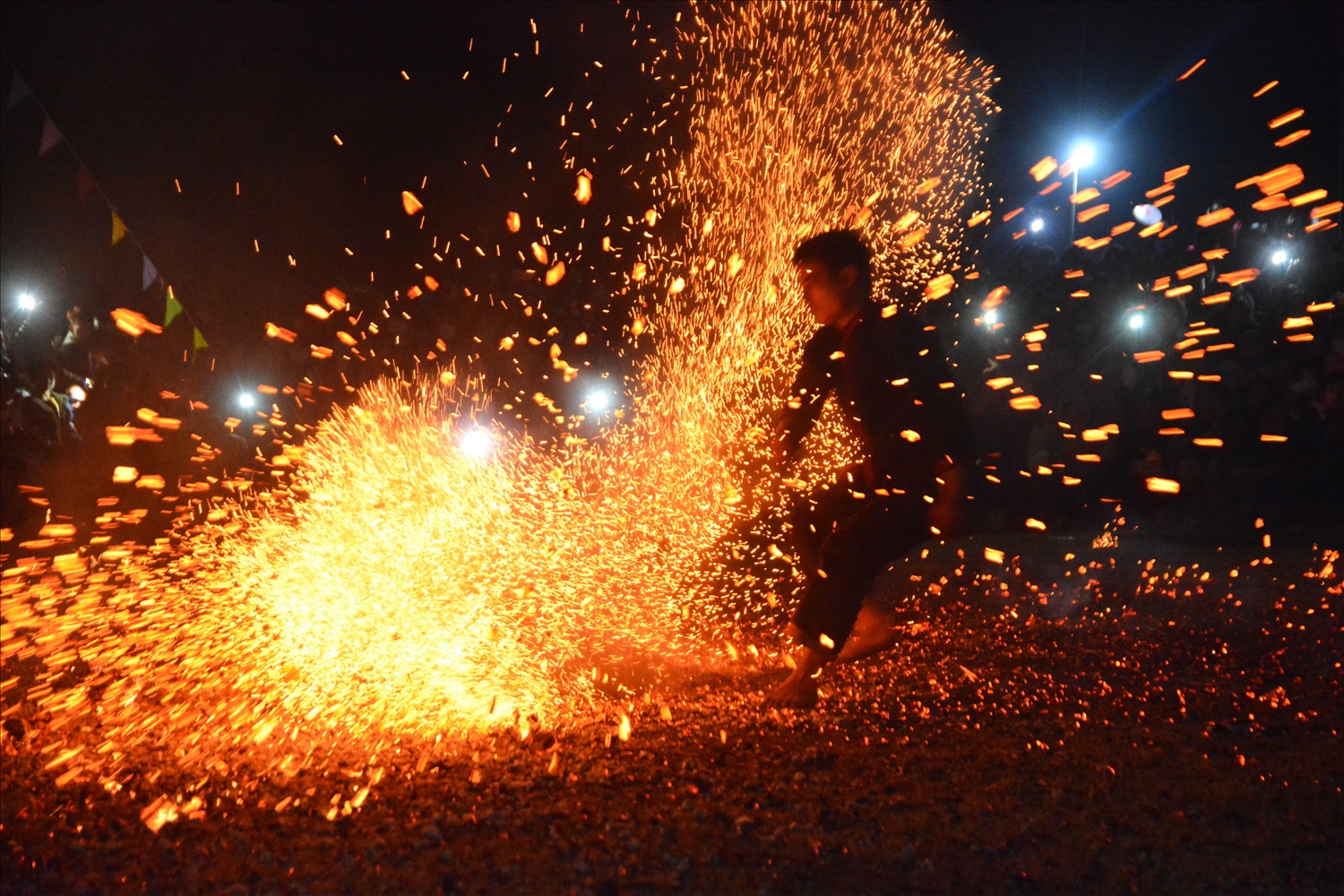
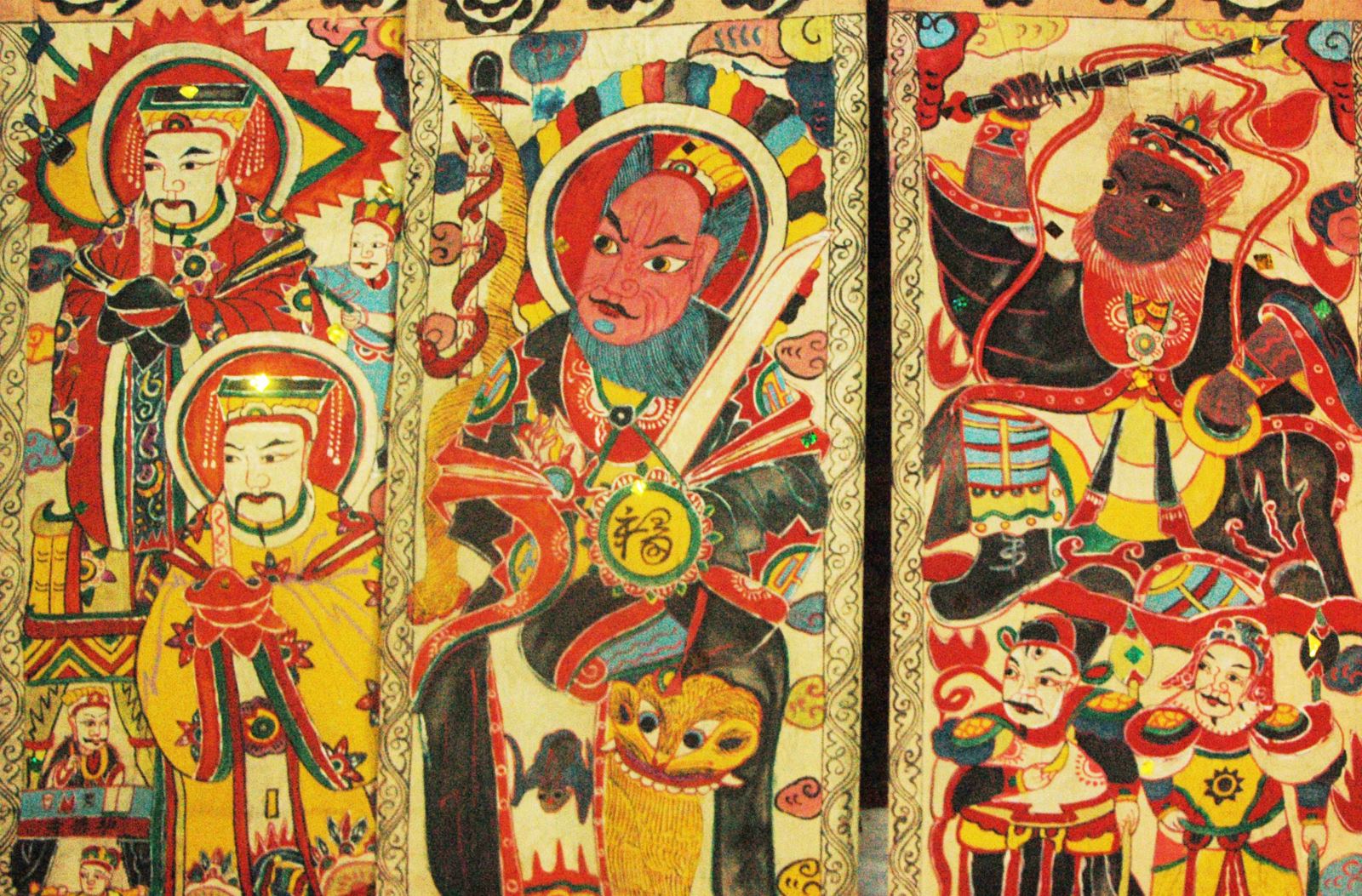

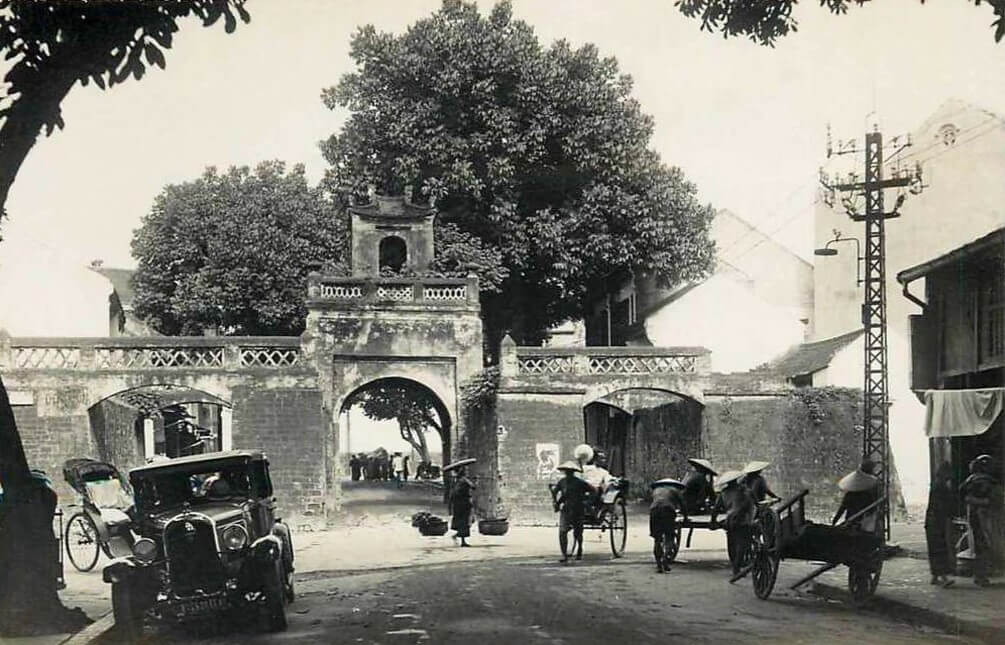
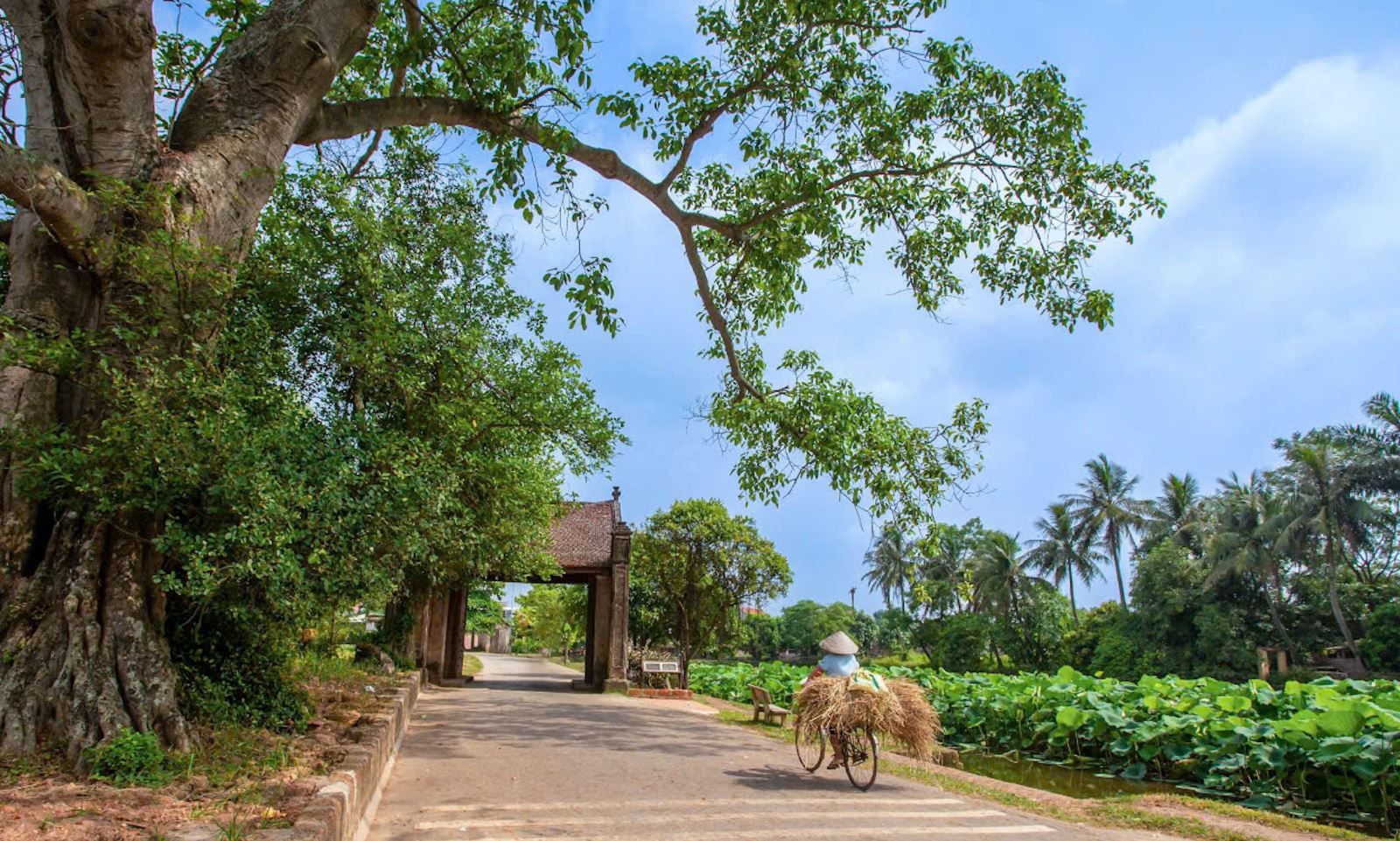
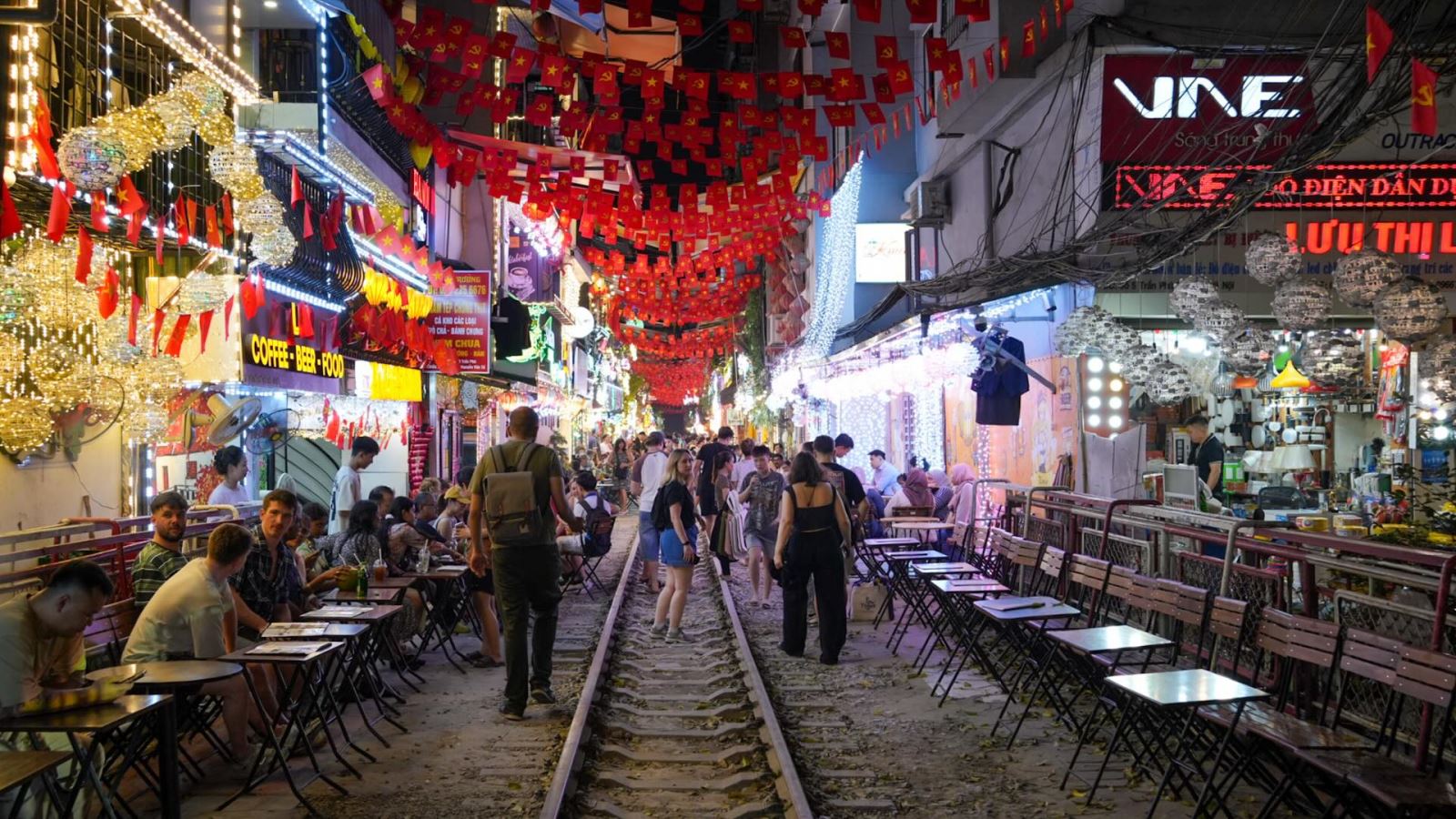
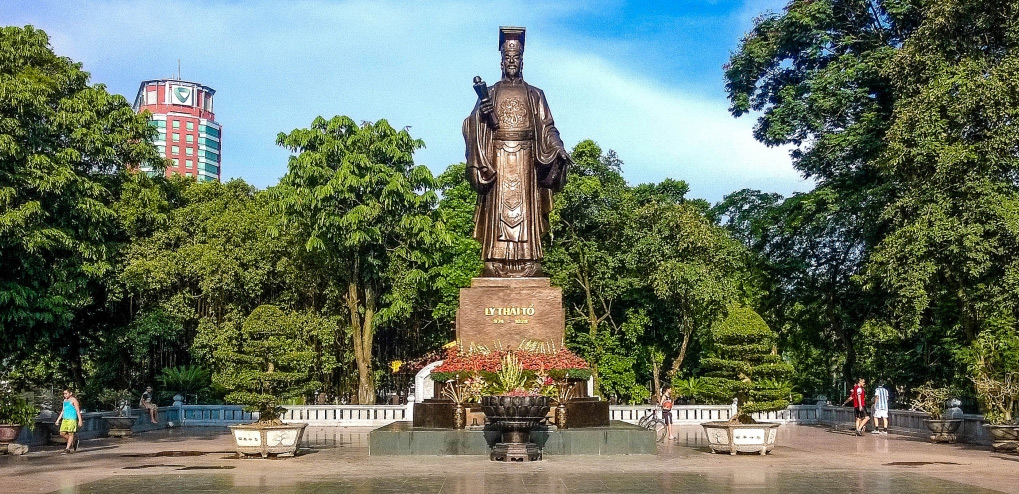



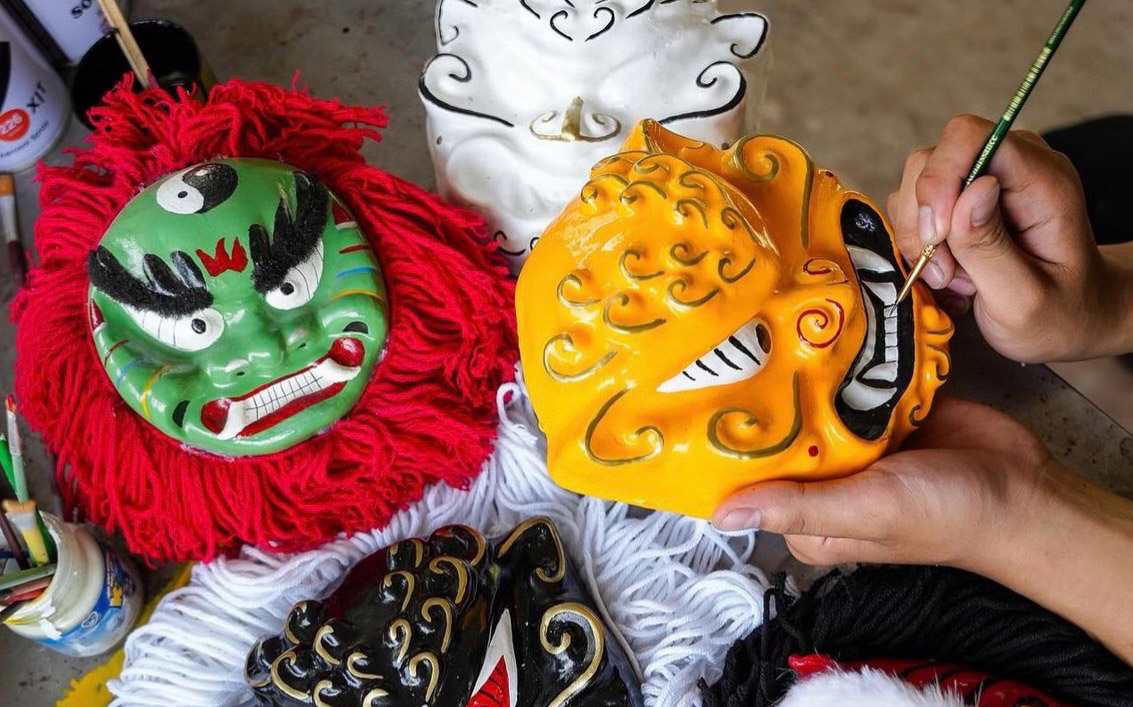
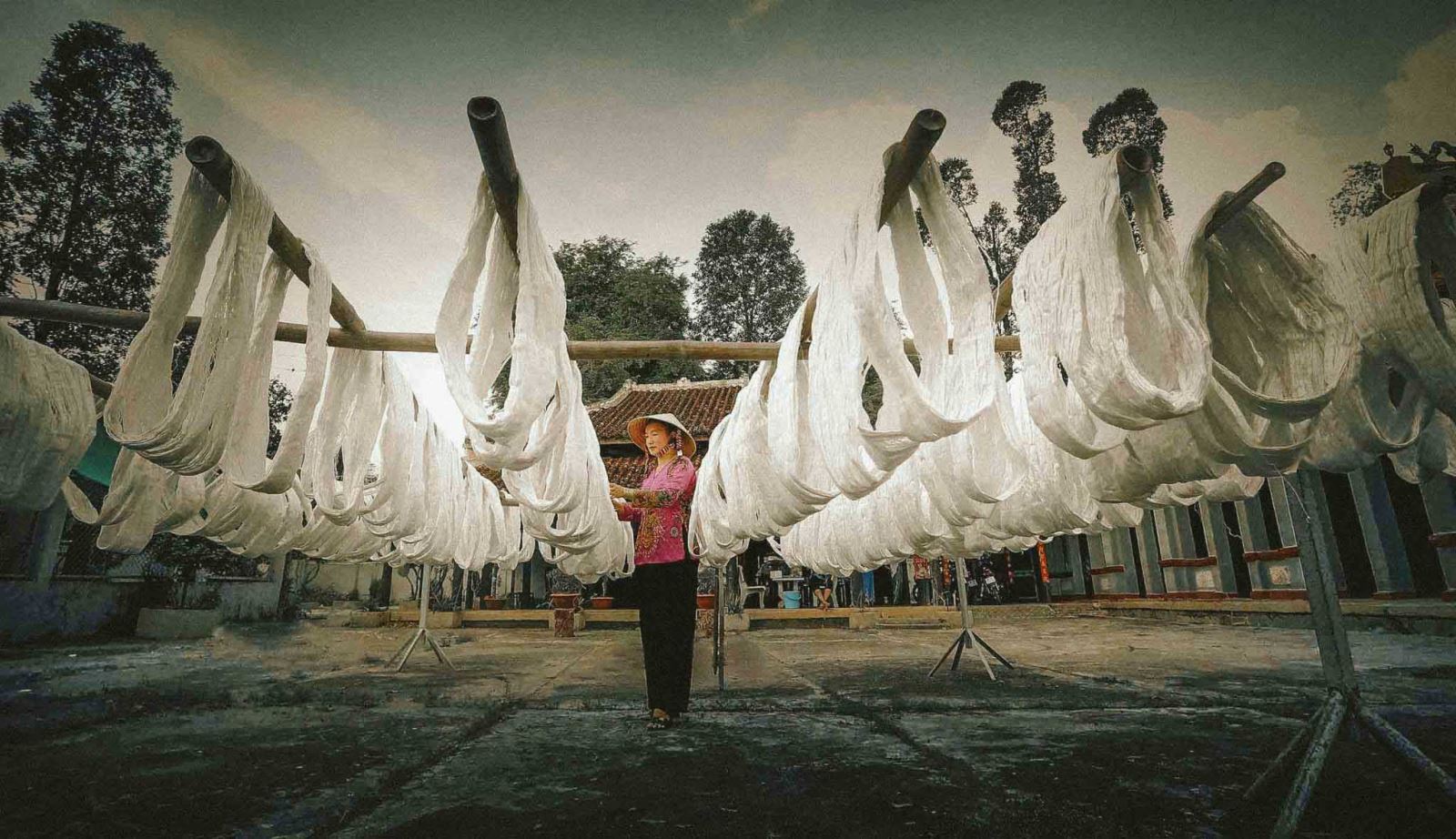

.png)